What To Know About Medicinal Herbal Baths
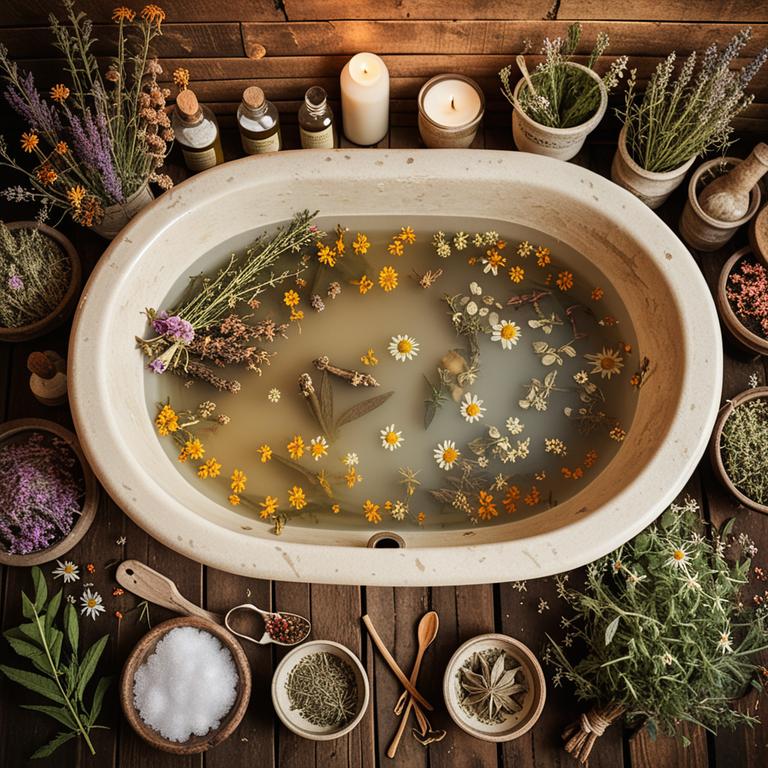
Herbal baths have long been used for their therapeutic benefits, with several herbs standing out for their medicinal properties.
Epsom salt baths, often combined with lavender or chamomile, are highly recommended for their relaxing and muscle-soothing effects. Willow bark, rich in salicin, can help alleviate pain and inflammation, making it ideal for arthritis or muscle aches. Peppermint baths offer a cooling sensation and can aid in relieving headaches and improving circulation. Additionally, oatstraw baths are known for their soothing properties, helping to calm the nervous system and promote better sleep.
These herbal baths not only provide physical relief but also contribute to overall well-being through their natural, holistic approach.
FREE Herb Drying Checklist
How to make sure every batch retains maximum flavor, color, and aroma without the risk of mold or over-drying. Eliminate guesswork and trial-and-error, making herb drying faster, easier, and more efficient every time.
Table of Contents
- 1. Urtica dioica
- 2. Salvia officinalis
- 3. Rosmarinus officinalis
- 4. Lavandula angustifolia
- 5. Achillea millefolium
- 6. Hypericum perforatum
- 7. Zingiber officinale
- 8. Thymus vulgaris
- 9. Mentha piperita
- 10. Chamomilla recutita
- 11. Rosa canina
- 12. Equisetum arvense
- 13. Vitex agnus-castus
- 14. Silybum marianum
- 15. Cnicus benedictus
- 16. Pimpinella anisum
- 17. Melissa officinalis
- 18. Echinacea purpurea
- 19. Camellia sinensis
- 20. Nymphaea alba
- 21. Cinnamomum verum
- 22. Petroselinum crispum
- 23. Curcuma longa
- 24. Piper nigrum
- 25. Sanguinaria canadensis
- 26. Foeniculum vulgare
- 27. Artemisia vulgaris
- 28. Cinnamomum zeylanicum
- 29. Sutherlandia frutescens
- 30. Matricaria chamomilla
- 31. Paeonia suffruticosa
- 32. Glycyrrhiza glabra
- 33. Cuminum cyminum
- 34. Symphytum officinale
- 35. Eucalyptus globulus
- 36. Vitis vinifera
- 37. Valeriana officinalis
- 38. Aloe barbadensis
- 39. Sambucus nigra
- 40. Cymbopogon citratus
- 41. Calendula officinalis
- 42. Artemisia absinthium
- 43. Sanguisorba officinalis
- 44. Thuja occidentalis
- 45. Arnica montana
- 46. Sabadilla tinctura
- 47. Origanum vulgare
- 48. Satureja hortensis
- 49. Echinacea angustifolia
- 50. Plantago lanceolata
- 51. Saponaria officinalis
- 52. Nigella sativa
- 53. Ginkgo biloba
- 54. Pelargonium graveolens
- 55. Plantago major
- 56. Pueraria lobata
- 57. Spiraea ulmaria
- 58. Althaea officinalis
- 59. Rhus toxicaria
- 60. Melaleuca alternifolia
- 61. Nepeta cataria
- 62. Cymbopogon martinii
- 63. Nelumbo nucifera
- 64. Allium sativum
- 65. Paeonia lactiflora
- 66. Citrus sinensis
- 67. Cucurbita pepo
- 68. Pogostemon cablin
- 69. Strychnos nux-vomica
- 70. Santalum album
- 71. Rhus toxicodendron
- 72. Rhus typhina
- 73. Nasturtium officinale
- 74. Agrimonia eupatoria
- 75. Piper methysticum
- 76. Paeonia officinalis
- 77. Cannabis sativa
- 78. Cyperus rotundus
- 79. Althea officinalis
- 80. Citrus aurantium
- 81. Syringa vulgaris
- 82. Leonurus cardiaca
- 83. Peppermint (mentha piperita)
- 84. Vaccinium myrtillus
- 85. Hydrastis canadensis
- 86. Triticum aestivum
- 87. Papaver rhoeas
- 88. Chamomile (matricaria chamomilla)
- 89. Papaver somniferum
- 90. Rhodiola rosea
- 91. Pine (pinus sylvestris)
- 92. Ginger (zingiber officinale)
- 93. Tussilago farfara
- 94. Plantago ovata
- 95. Sodium bicarbonate
- 96. Plectranthus barbatus
- 97. Lavender (lavandula angustifolia)
- 98. Oregano (origanum vulgare)
- 99. Sage (salvia officinalis)
- 100. Lepidium meyenii
1. Urtica dioica

Urtica dioica herbal baths are used to promote skin health and alleviate inflammatory conditions.
The plant, commonly known as stinging nettle, contains compounds that can reduce itching and redness when applied topically. These baths are also believed to detoxify the body and improve circulation due to the high concentration of minerals like magnesium and iron. Additionally, they may help soothe muscle pain and reduce swelling, making them beneficial for people with arthritis or muscle tension.
The natural anti-inflammatory and antioxidant properties of urtica dioica make it a valuable remedy in holistic skincare and wellness practices.
2. Salvia officinalis

Salvia officinalis herbal baths are used to promote relaxation and ease muscle tension by soothing the nervous system and reducing stress.
The plant, commonly known as sage, contains compounds like rosmarinic acid and thujone, which have anti-inflammatory and antiseptic properties that can help alleviate skin irritations and infections. These baths are also believed to improve circulation and detoxify the body by encouraging sweating and the release of toxins through the skin. Additionally, the aromatic qualities of salvia officinalis can enhance mood and create a calming atmosphere, making it ideal for aromatherapy and stress relief.
Overall, salvia officinalis herbal baths offer a holistic approach to wellness by combining physical and emotional benefits.
3. Rosmarinus officinalis
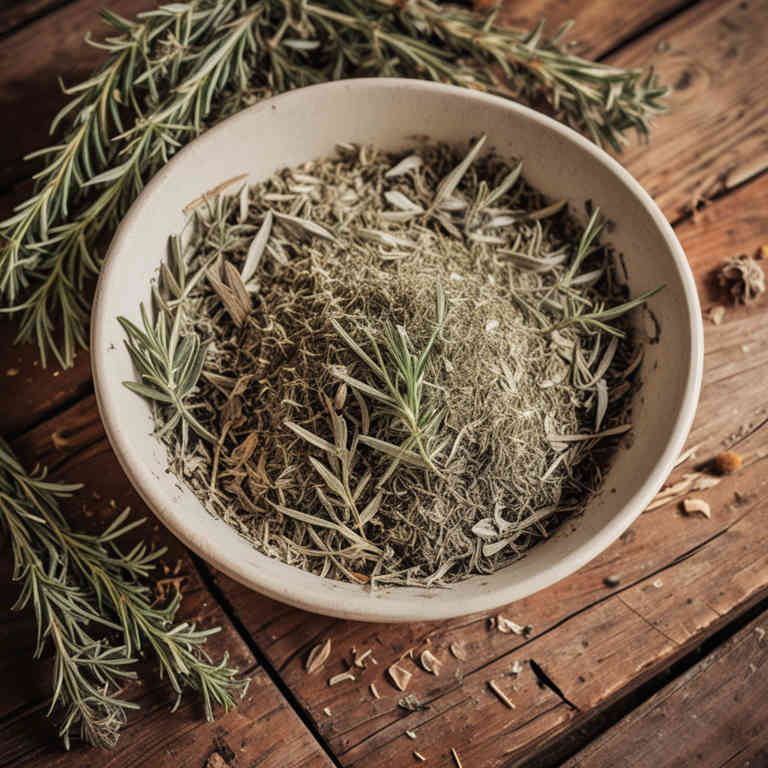
Rosmarinus officinalis herbal baths are used to promote relaxation and relieve stress by stimulating the senses with their aromatic properties.
The essential oils in rosemary help soothe muscle tension and improve circulation, making these baths beneficial for individuals suffering from chronic fatigue or muscular pain. Additionally, the antibacterial and antifungal properties of rosemary can help cleanse the skin and prevent infections, making it useful for those with skin conditions or minor wounds. These baths are also known to enhance mental clarity and focus, supporting cognitive function and reducing symptoms of anxiety.
Overall, rosmarinus officinalis herbal baths offer a natural and holistic approach to wellness, combining therapeutic benefits with a calming sensory experience.
4. Lavandula angustifolia

Lavandula angustifolia herbal baths are used to promote relaxation and alleviate stress by soaking in water infused with lavender essential oils or dried flowers.
The calming aroma of lavender has been shown to reduce anxiety and improve mood, making these baths ideal for unwinding after a long day. Additionally, lavender has soothing properties that can help soothe skin irritations and reduce inflammation, benefiting those with eczema or other dermatological conditions. The anti-inflammatory and antiseptic qualities of lavender also make these baths useful for muscle pain relief and wound healing.
Overall, lavender herbal baths offer a natural, holistic approach to wellness that supports both mental and physical health.
5. Achillea millefolium
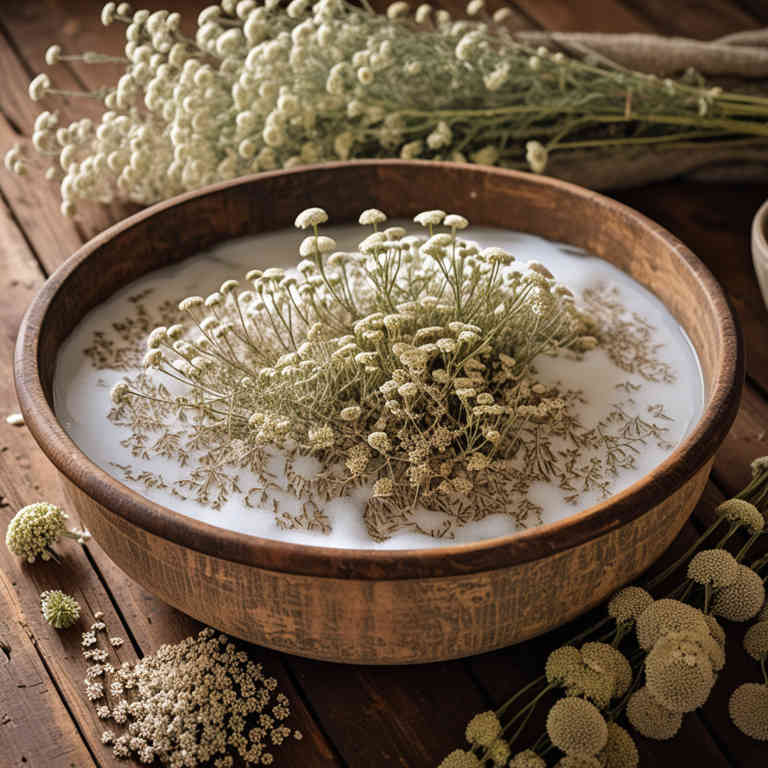
Achillea millefolium herbal baths are used to promote skin health and relieve inflammatory conditions.
The plant, commonly known as yarrow, contains compounds with anti-inflammatory and antiseptic properties that can soothe irritated skin and reduce redness. These baths are often recommended for individuals suffering from eczema, psoriasis, or minor skin infections due to their soothing and healing effects. The aromatic compounds in yarrow also help to relax the body and ease stress, making these baths a holistic remedy for both physical and emotional well-being.
Overall, achillea millefolium herbal baths offer a natural and effective way to support skin health and overall wellness.
6. Hypericum perforatum

Hypericum perforatum herbal baths are used to promote skin health and relieve minor ailments such as eczema, rashes, and insect bites.
The active compounds in St. John's Wort, including hypericin and hyperforin, have anti-inflammatory and antimicrobial properties that can soothe irritated skin and reduce redness. These baths are also believed to help alleviate symptoms of anxiety and mild depression by supporting emotional well-being through aromatherapy and relaxation. The warm water enhances the absorption of the herb's beneficial compounds, making the treatment more effective.
Overall, hypericum perforatum herbal baths offer a natural, holistic approach to improving both physical and mental wellness.
7. Zingiber officinale
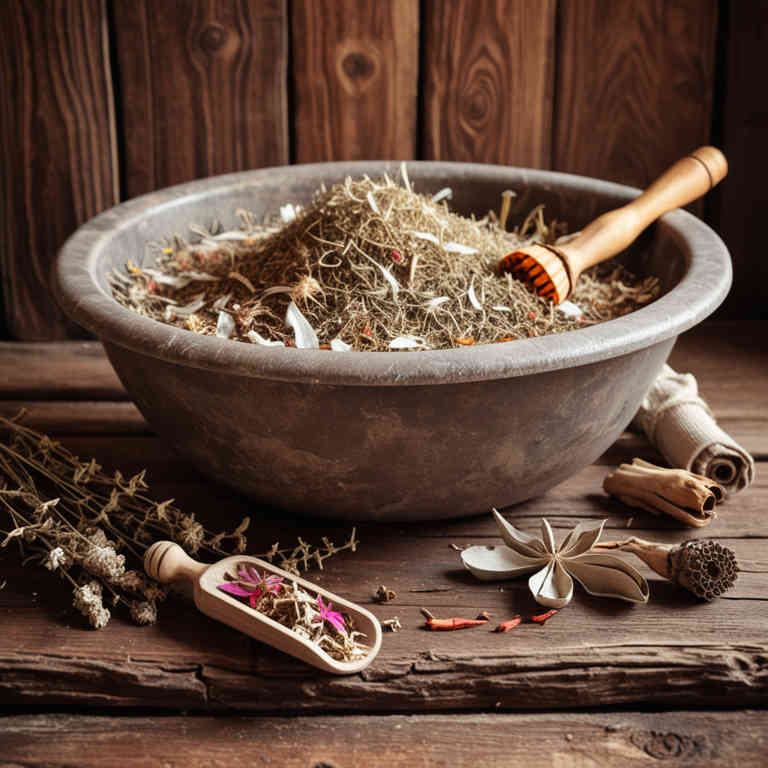
Zingiber officinale herbal baths are used to promote relaxation and relieve muscle tension by leveraging the anti-inflammatory and warming properties of ginger.
These baths can help soothe sore muscles and joints, making them beneficial for individuals suffering from conditions like arthritis or muscle strains. The aromatic compounds in ginger also have a calming effect, which can reduce stress and enhance mental well-being. Additionally, ginger baths are known to improve circulation, which can aid in reducing swelling and supporting overall skin health.
Their natural therapeutic properties make zingiber officinale a popular choice for holistic wellness practices.
8. Thymus vulgaris
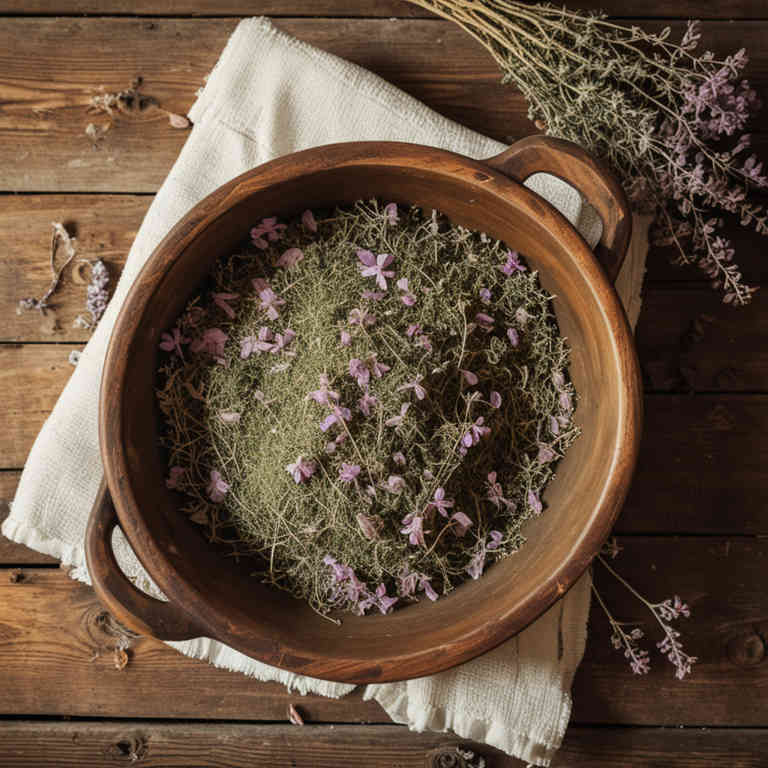
Thymus vulgaris herbal baths are used to promote respiratory health and alleviate symptoms of colds and coughs by leveraging the plant's antiseptic and decongestant properties.
The essential oils in thyme, particularly thymol, help to open up airways and reduce mucus buildup, making it beneficial for those suffering from bronchitis or sinus congestion. These baths also have a calming effect, which can help reduce stress and improve overall well-being. Additionally, thymus vulgaris is known for its antimicrobial properties, which can help purify the skin and prevent infections when used in bath water.
Due to these therapeutic benefits, thymus vulgaris herbal baths are often recommended as a natural remedy for both physical and emotional healing.
9. Mentha piperita
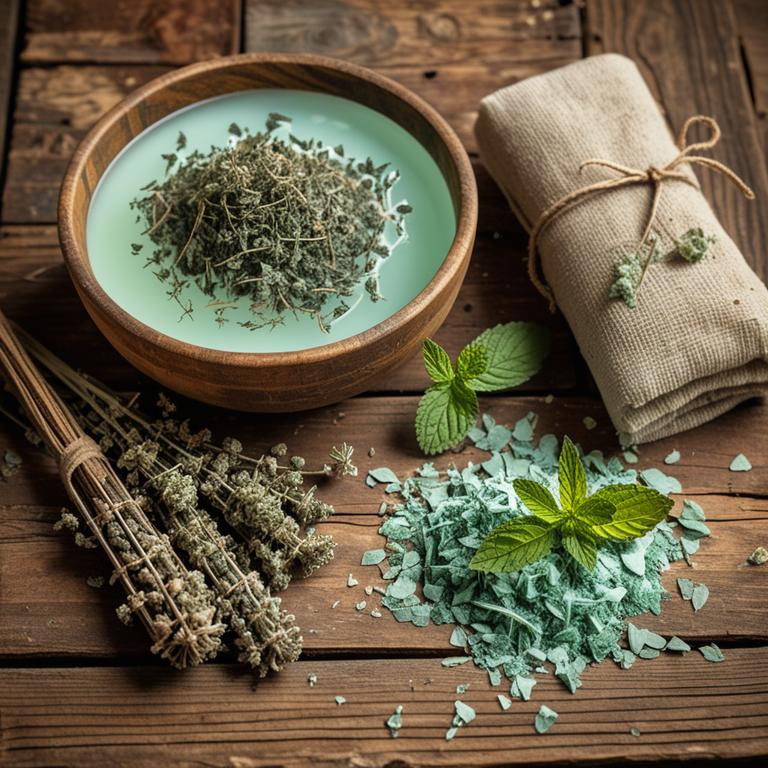
Mentha piperita herbal baths are used to promote relaxation and relieve muscle tension by leveraging the soothing properties of peppermint essential oil.
These baths are particularly beneficial for individuals experiencing stress, anxiety, or chronic fatigue, as the cooling effect of peppermint can help calm the nervous system. The aromatic compounds in mentha piperita also have a stimulating effect, which can enhance mental clarity and improve mood when used in a bath setting. Additionally, these baths may help alleviate symptoms of headaches and migraines by reducing inflammation and improving blood circulation.
Overall, mentha piperita herbal baths offer a natural and holistic approach to wellness, combining physical and emotional benefits in a single therapeutic experience.
10. Chamomilla recutita

Chamomilla recutita herbal baths are used to promote relaxation and alleviate symptoms of skin irritations.
The essential oils in chamomilla recutita, such as bisabolol and chamazulene, possess anti-inflammatory and soothing properties that can reduce redness and discomfort. These baths are particularly beneficial for individuals suffering from eczema, psoriasis, or other inflammatory skin conditions. Additionally, the calming aroma of chamomilla recutita can help reduce stress and improve overall well-being.
Due to its gentle nature, chamomilla recutita herbal baths are suitable for use by both adults and children, making them a versatile and effective natural remedy.
11. Rosa canina
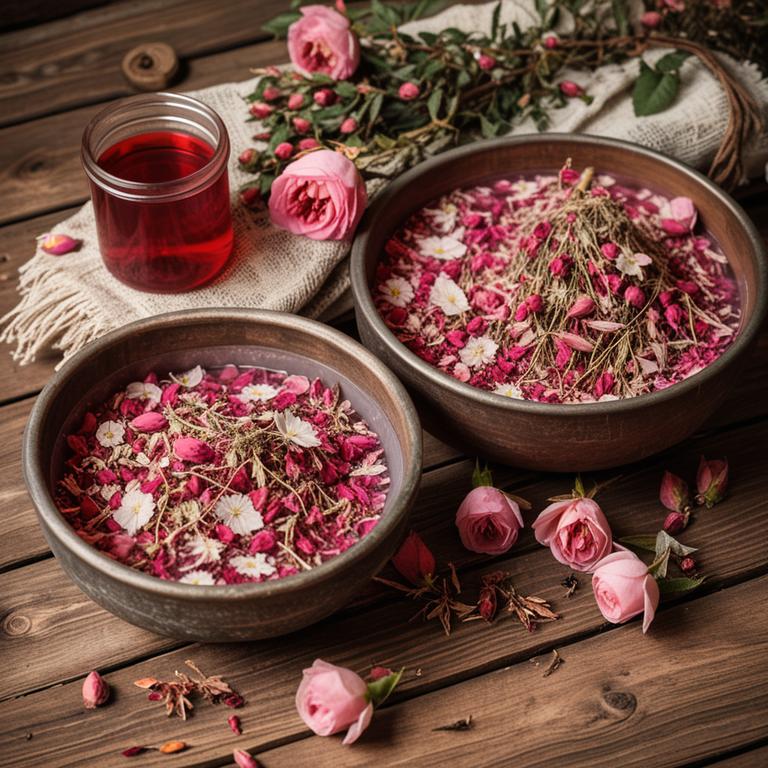
Rosa canina herbal baths are used to promote skin health and alleviate various skin conditions due to their anti-inflammatory and antioxidant properties.
The berries of the Rosa canina plant contain high levels of vitamin C, which helps in reducing redness and irritation. These baths can also help soothe symptoms of eczema, psoriasis, and other inflammatory skin disorders by calming the skin's immune response. Additionally, the natural oils and tannins in Rosa canina have a drying effect, making them useful for treating oily or acne-prone skin.
Overall, Rosa canina herbal baths offer a natural and effective way to enhance skin wellness and provide relief from common dermatological issues.
12. Equisetum arvense
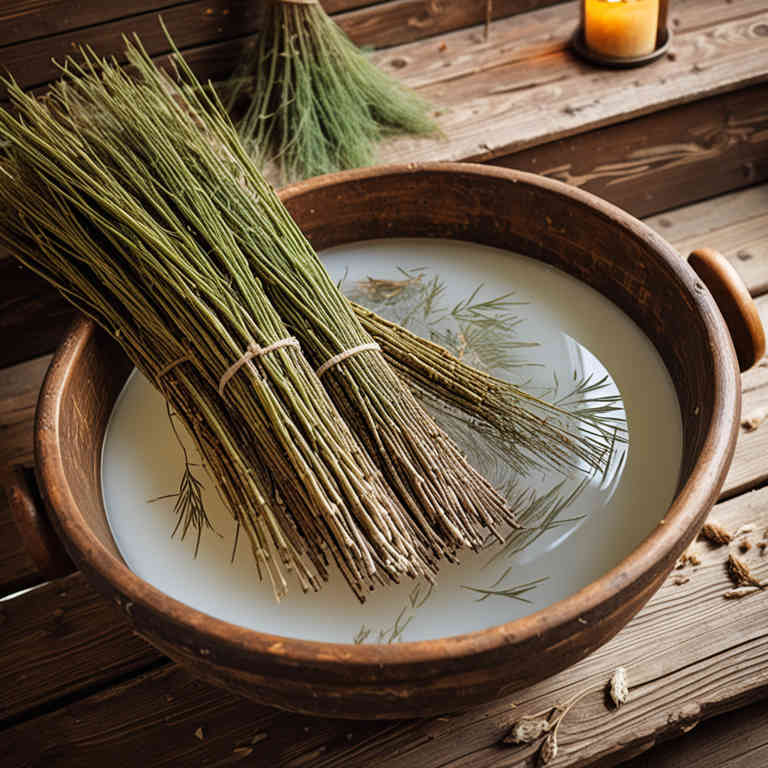
Equisetum arvense herbal baths are used to promote detoxification and support skin health by leveraging the plant's natural astringent and anti-inflammatory properties.
These baths are particularly beneficial for individuals suffering from skin conditions such as eczema, psoriasis, or rashes, as the herb helps to soothe irritation and reduce redness. The high concentration of silica in equisetum arvense also aids in strengthening the skin's structure and improving its overall resilience. Additionally, these baths are believed to help eliminate toxins from the body, making them a popular choice in traditional herbal medicine for cleansing and rejuvenation.
Their ability to balance the body's pH and promote a sense of well-being further enhances their therapeutic value.
13. Vitex agnus-castus
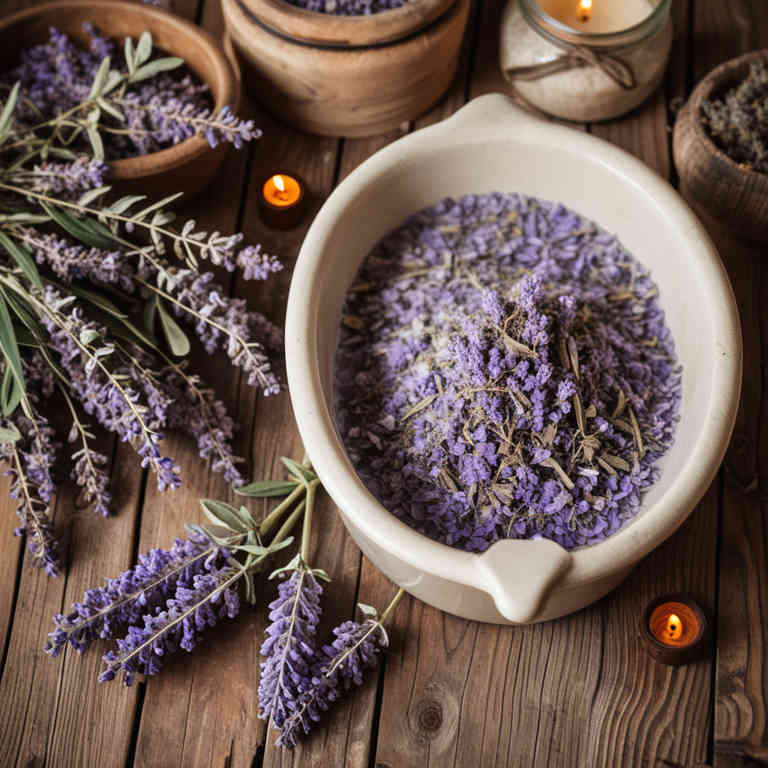
Vitex agnus-castus herbal baths are used to support hormonal balance and alleviate symptoms associated with menstrual irregularities, such as cramps, mood swings, and premenstrual tension.
The plant, also known as chaste tree, contains compounds that may help regulate the hypothalamus-pituitary-adrenal axis, which plays a key role in hormone production. These baths are often recommended for women experiencing menopausal symptoms like hot flashes and night sweats due to their potential calming and balancing effects on the body. Additionally, the soothing properties of vitex agnus-castus can promote relaxation and reduce stress, which in turn may improve overall well-being.
As a natural alternative to pharmaceutical treatments, these baths offer a gentle and holistic approach to managing hormonal health.
14. Silybum marianum
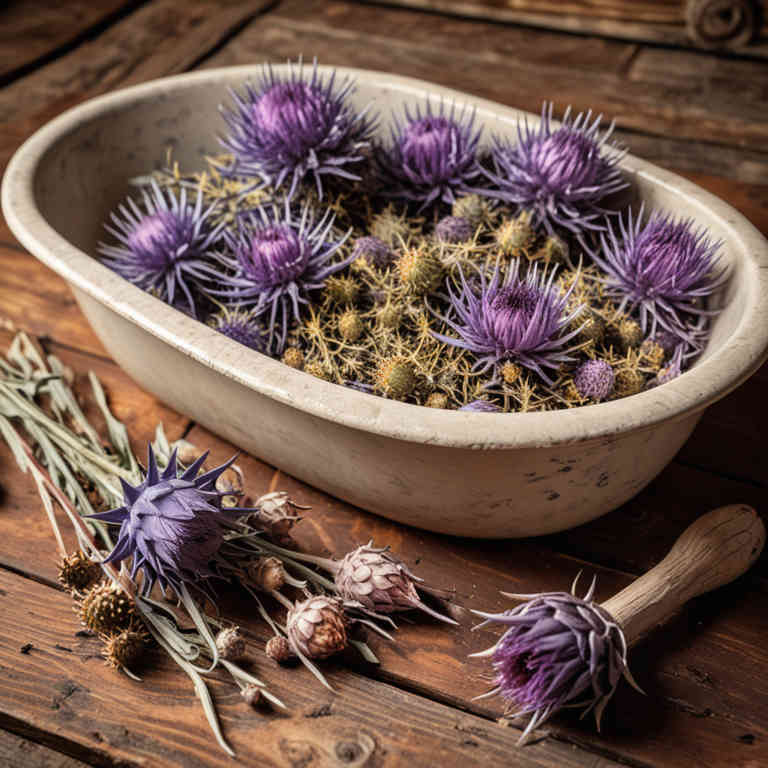
Silybum marianum herbal baths are used to promote skin health and detoxification by leveraging the plant's natural compounds, such as silymarin, which have antioxidant and anti-inflammatory properties.
These baths can help reduce skin irritation, redness, and inflammation, making them beneficial for individuals with eczema, psoriasis, or other skin conditions. The herbal infusion also supports the body's natural detox processes by aiding in the elimination of toxins through the skin. Additionally, silybum marianum is believed to enhance liver function, which in turn improves overall metabolic health and skin appearance.
Regular use of these baths may contribute to a calming effect, promoting relaxation and overall well-being.
15. Cnicus benedictus
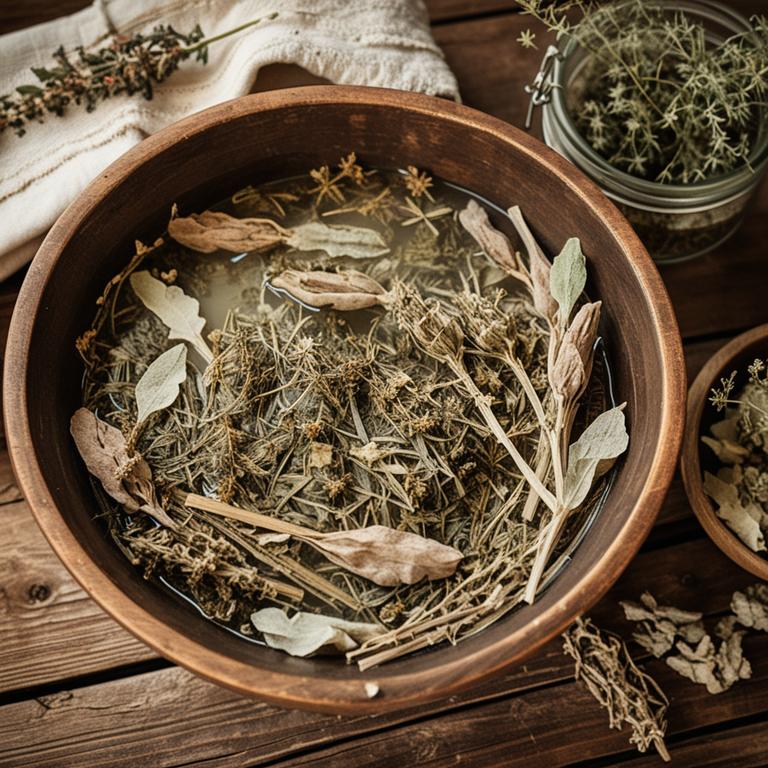
Cnicus benedictus herbal baths are used to promote relaxation and alleviate symptoms of stress and anxiety.
The plant, also known as blessed thorn, contains compounds that have calming effects on the nervous system. These baths are often recommended for their soothing properties, which can help reduce muscle tension and improve sleep quality. Additionally, the anti-inflammatory properties of Cnicus benedictus may aid in缓解 skin irritations and minor wounds.
Overall, these baths are valued for their natural therapeutic benefits, making them a popular choice in traditional and alternative medicine practices.
16. Pimpinella anisum
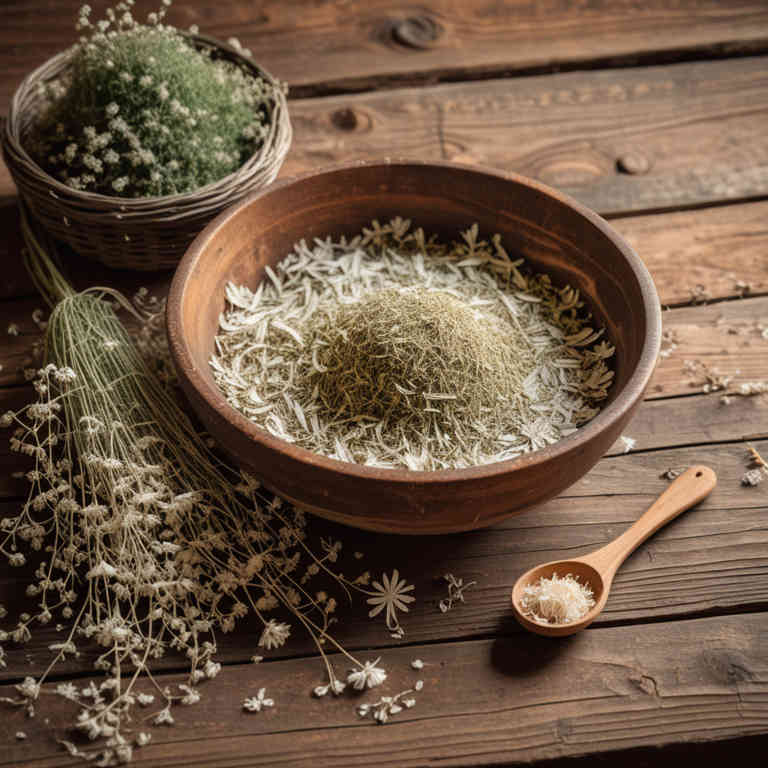
Pimpinella anisum herbal baths are used to promote relaxation and ease muscle tension by leveraging the calming properties of anise.
The aromatic compounds in anise help to soothe the nervous system, making these baths ideal for reducing stress and anxiety. Additionally, anise has mild antiseptic qualities that can help cleanse the skin and prevent infections. These baths are also believed to improve circulation and alleviate symptoms of respiratory issues when used in conjunction with other treatments.
Overall, pimpinella anisum herbal baths offer a natural and soothing way to enhance well-being through aromatherapy and hydrotherapy.
17. Melissa officinalis
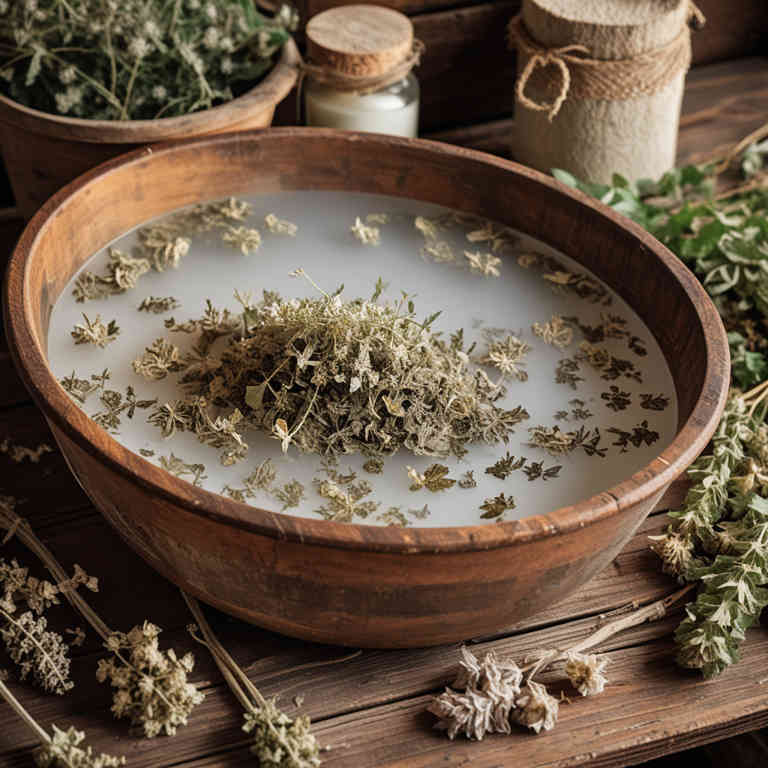
Melissa officinalis herbal baths are used to promote relaxation and reduce stress by calming the nervous system through the soothing properties of its essential oils.
These baths are also beneficial for improving sleep quality, as the plant's calming effects can help ease anxiety and encourage restful sleep. Additionally, melissa officinalis is known to support skin health by soothing irritations and reducing inflammation, making it ideal for use in skincare routines. The herb's mild antiseptic properties may also aid in cleansing the skin and preventing infections.
Overall, melissa officinalis herbal baths offer a natural and holistic approach to wellness, combining aromatherapy with therapeutic benefits for both the mind and body.
18. Echinacea purpurea
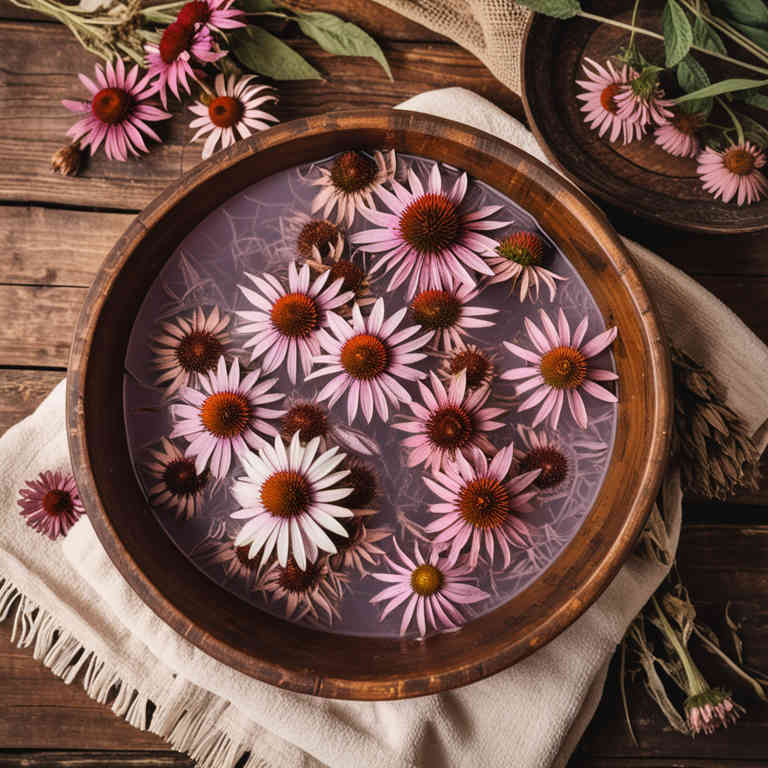
Echinacea purpurea herbal baths are used to promote skin health and support the immune system through natural plant-based compounds.
These baths can help reduce inflammation and soothe skin irritations due to the anti-inflammatory properties of echinacea. They are also believed to enhance the body's natural defenses by stimulating immune response, making them beneficial during cold and flu season. The aromatic properties of echinacea can have a calming effect, promoting relaxation and stress relief.
Overall, echinacea purpurea herbal baths offer a holistic approach to wellness by combining therapeutic benefits with a soothing sensory experience.
19. Camellia sinensis
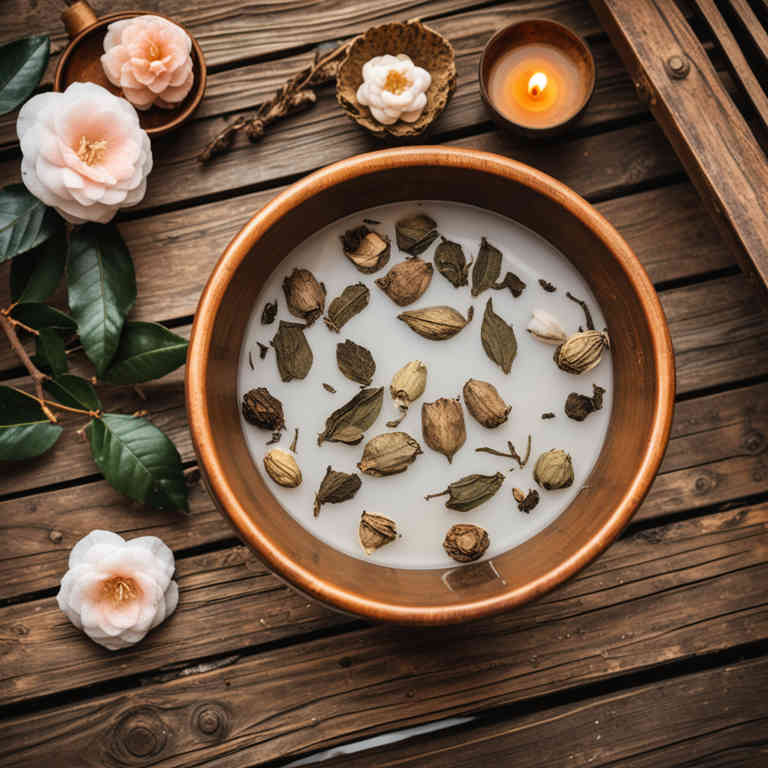
Camellia sinensis herbal baths are used to promote relaxation and reduce stress by incorporating the calming properties of green tea.
These baths can help soothe muscles and ease tension, making them beneficial for individuals experiencing fatigue or muscle soreness. The antioxidants present in camellia sinensis may also support skin health by nourishing and moisturizing the skin. Additionally, the gentle aroma of the tea can create a peaceful ambiance, enhancing the overall sense of well-being.
Overall, camellia sinensis herbal baths offer a natural and soothing way to unwind and rejuvenate the body and mind.
20. Nymphaea alba
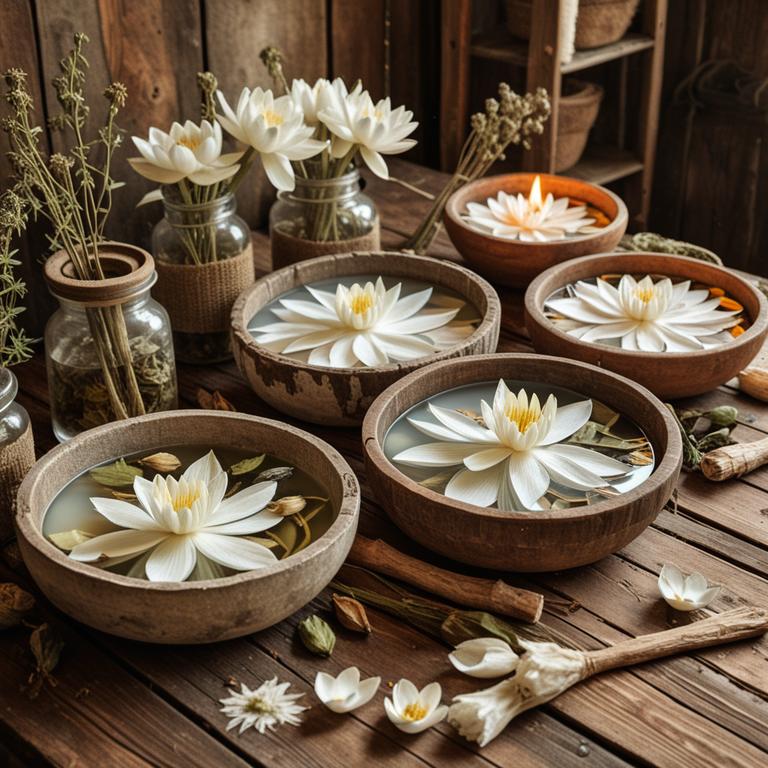
Nymphaea alba herbal baths are used to promote relaxation and enhance skin health through their soothing and cleansing properties.
The plant, commonly known as white water lily, contains compounds that help reduce inflammation and calm the nervous system, making these baths ideal for stress relief and mental well-being. They are also believed to detoxify the skin by drawing out impurities and balancing oil production, which can be particularly beneficial for individuals with oily or acne-prone skin. Additionally, the mild aromatic properties of nymphaea alba can create a calming atmosphere, enhancing the overall experience of the bath.
These baths are often recommended for their natural, gentle approach to skincare and wellness, appealing to those seeking holistic and eco-friendly remedies.
21. Cinnamomum verum
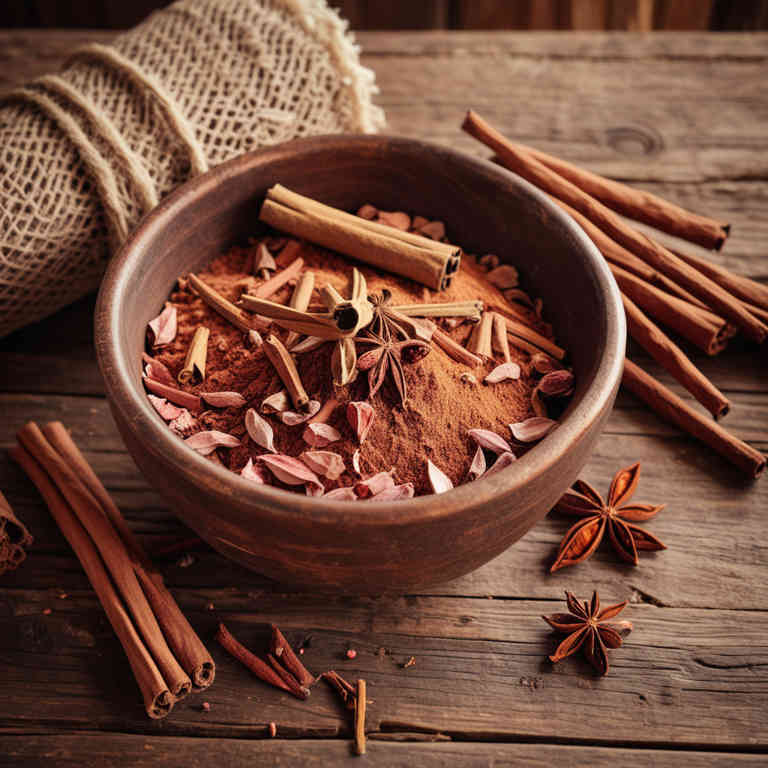
Cinnamomum verum herbal baths are used to promote relaxation and alleviate stress by soothing the nervous system through the calming properties of cinnamon essential oils.
These baths also help improve circulation by stimulating blood flow, which can reduce muscle tension and enhance overall bodily function. Additionally, the antibacterial and antifungal properties of cinnamon make it effective in treating skin conditions such as eczema and fungal infections. The warm, aromatic steam from these baths can also aid in clearing respiratory passages, making them beneficial for individuals with colds or sinus congestion.
Overall, cinnamomum verum herbal baths are a natural and holistic way to support both physical and mental well-being.
22. Petroselinum crispum
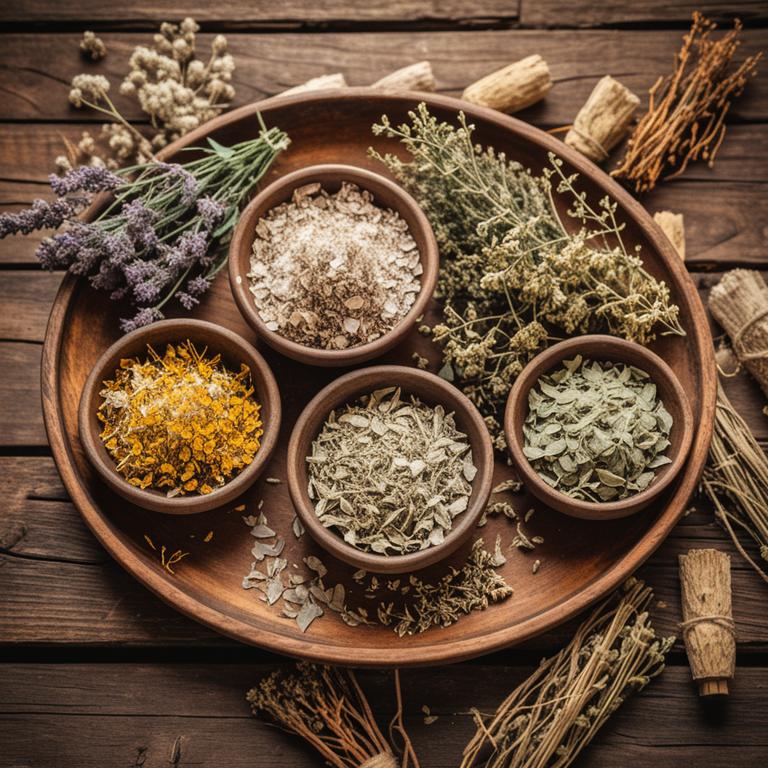
Petroselinum crispum herbal baths are used to promote relaxation and ease muscle tension by leveraging the soothing properties of parsley.
The essential oils and compounds in parsley help to reduce inflammation and support skin health, making these baths beneficial for individuals with minor skin irritations or conditions like eczema. Additionally, the aromatic qualities of petroselinum crispum can enhance mental well-being by reducing stress and improving mood through its calming effects. These baths are also believed to aid in detoxification by encouraging the body's natural elimination processes through perspiration.
Overall, petroselinum crispum herbal baths offer a natural and holistic approach to wellness, combining physical and emotional benefits for a more balanced state of health.
23. Curcuma longa
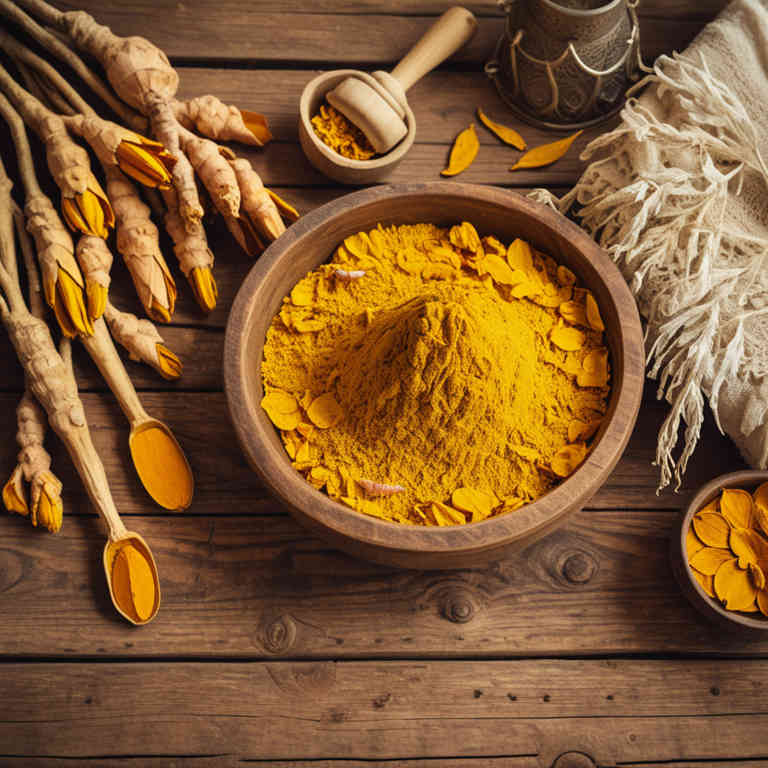
Curcuma longa herbal baths are used to promote relaxation and ease muscle tension by leveraging the anti-inflammatory and analgesic properties of curcumin, the active compound in turmeric.
These baths can help alleviate symptoms of arthritis and other inflammatory conditions by reducing joint pain and swelling. The warm water combined with turmeric creates a soothing environment that enhances blood circulation and relieves stress. Additionally, curcuma longa baths are believed to support skin health by reducing acne and promoting a clearer complexion.
Overall, they offer a natural and holistic approach to wellness, combining therapeutic benefits with a calming sensory experience.
24. Piper nigrum

Piper nigrum herbal baths are used to promote relaxation and soothe muscle tension by leveraging the anti-inflammatory and analgesic properties of black pepper.
These baths can also aid in improving circulation, as the active compounds in piper nigrum stimulate blood flow and reduce swelling. Additionally, they are believed to have a calming effect on the nervous system, helping to alleviate stress and anxiety. The aromatic qualities of black pepper can also enhance the sensory experience of bathing, contributing to a sense of well-being.
Overall, piper nigrum herbal baths offer a natural and holistic approach to wellness by combining therapeutic benefits with a pleasant sensory experience.
25. Sanguinaria canadensis
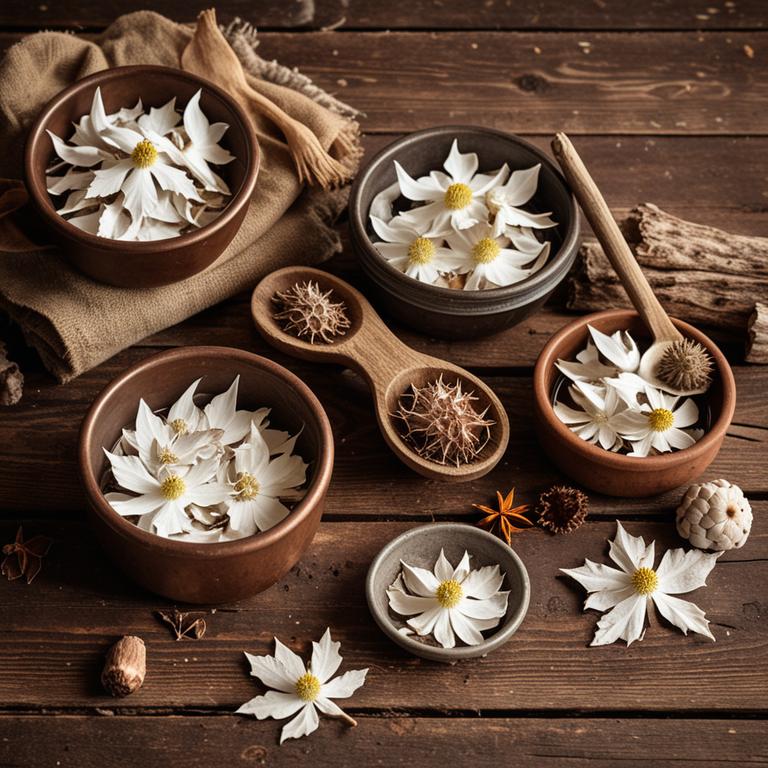
Sanguinaria canadensis herbal baths are used to promote skin health and alleviate inflammation due to the plant's natural astringent and antimicrobial properties.
The roots of this plant contain compounds that can help reduce redness and irritation, making it beneficial for individuals with sensitive or inflamed skin. These baths are also believed to support detoxification by drawing out impurities from the skin's surface. Additionally, the warming effect of the bath can help soothe muscle tension and improve circulation.
Because of its soothing and healing qualities, sanguinaria canadensis is often incorporated into traditional herbal remedies for both topical and internal use.
26. Foeniculum vulgare
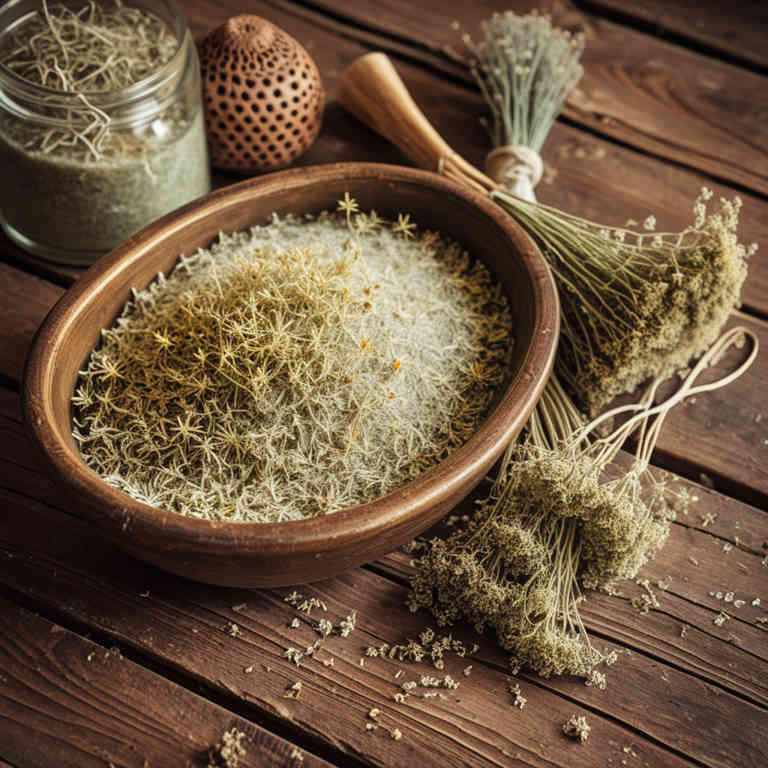
Foeniculum vulgare herbal baths are used to promote relaxation and ease muscle tension by leveraging the calming properties of the herb.
The essential oils found in fennel, such as anethole, have soothing effects that can help reduce stress and anxiety when absorbed through the skin. These baths are also beneficial for improving digestion, as the aromatic compounds may stimulate the digestive system and ease gastrointestinal discomfort. Additionally, fennel baths are known to have mild antiseptic properties, which can help soothe skin irritations and promote overall skin health.
Because of these multiple benefits, foeniculum vulgare herbal baths are a popular choice for those seeking natural remedies for both physical and emotional well-being.
27. Artemisia vulgaris
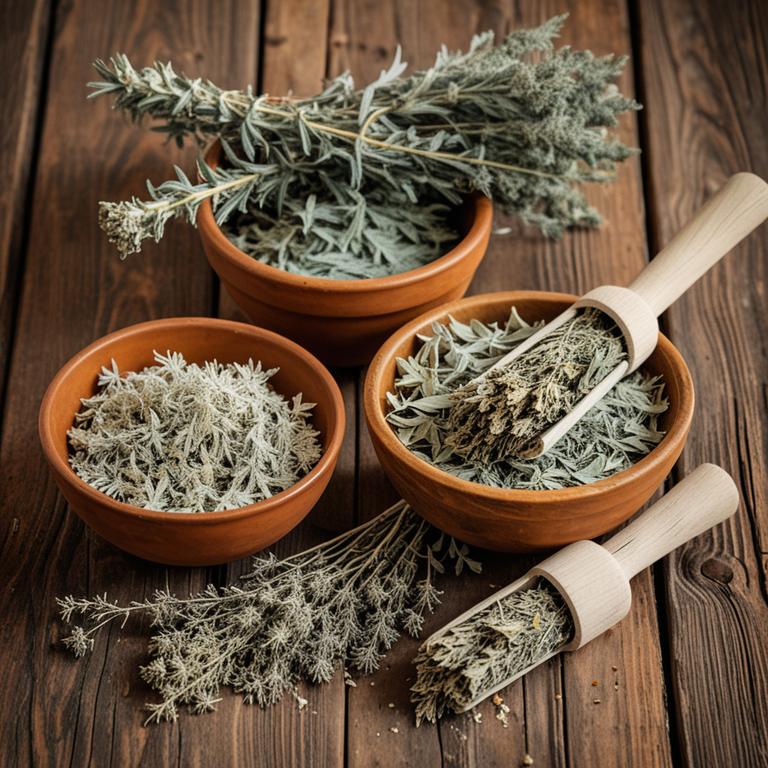
Artemisia vulgaris herbal baths are used to promote relaxation and alleviate symptoms of skin conditions such as eczema and psoriasis due to their anti-inflammatory and antimicrobial properties.
The plant's essential oils and compounds are believed to have a soothing effect on the skin, helping to reduce redness and irritation. These baths are also traditionally used to support digestive health by improving circulation and stimulating the lymphatic system. Additionally, artemisia vulgaris is thought to have a calming effect on the mind, making it a popular choice for stress relief and better sleep.
Its historical use in herbal medicine highlights its versatility and potential therapeutic benefits for both physical and emotional well-being.
28. Cinnamomum zeylanicum

Cinnamomum zeylanicum herbal baths are used to promote relaxation and ease muscle tension by leveraging the calming properties of cinnamon.
The essential oils from cinnamon leaves can help soothe the nervous system, making these baths ideal for reducing stress and anxiety. Additionally, the warming effect of cinnamon can improve blood circulation and alleviate joint pain, offering relief for individuals with arthritis or muscle aches. These baths are also believed to have antimicrobial properties, which can help purify the skin and prevent infections.
Overall, cinnamon herbal baths are a natural and holistic way to enhance well-being through aromatherapy and therapeutic heat.
29. Sutherlandia frutescens
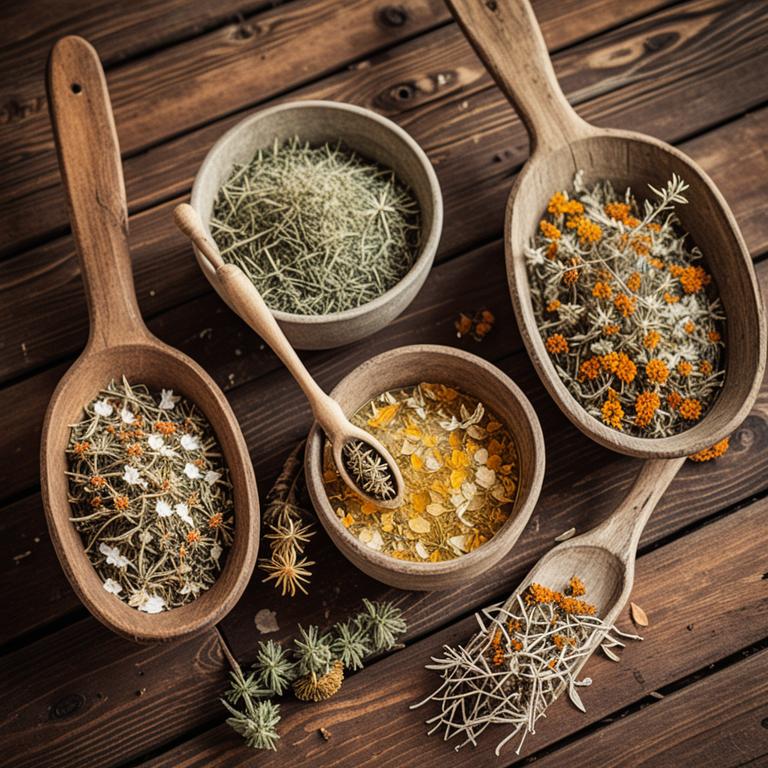
Sutherlandia frutescens herbal baths are used to promote relaxation and alleviate symptoms of stress and anxiety.
The plant, also known as cancer bush, is believed to have calming properties that help soothe the mind and body. These baths are often incorporated into holistic wellness routines to support emotional well-being and reduce tension. The herbal infusion is thought to enhance circulation and ease muscle aches, making it beneficial for those seeking natural remedies.
Due to its potential therapeutic effects, sutherlandia frutescens herbal baths are increasingly used in complementary health practices.
30. Matricaria chamomilla
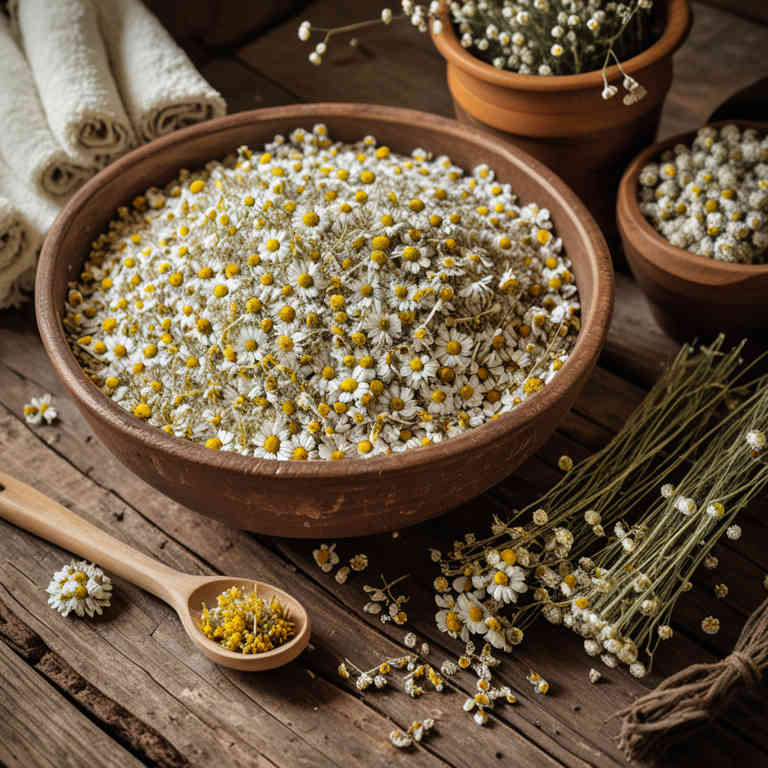
Matricaria chamomilla herbal baths are used to promote relaxation and ease muscle tension by leveraging the calming properties of chamomile.
The essential oils in chamomile have anti-inflammatory and antiseptic qualities that can soothe irritated skin and reduce redness. These baths are also beneficial for improving sleep quality by inducing a sense of calm and reducing anxiety. Additionally, they can help alleviate symptoms of minor skin conditions such as eczema or sunburn due to their soothing effects.
Overall, matricaria chamomilla herbal baths are a natural and effective way to support both physical and emotional well-being.
31. Paeonia suffruticosa
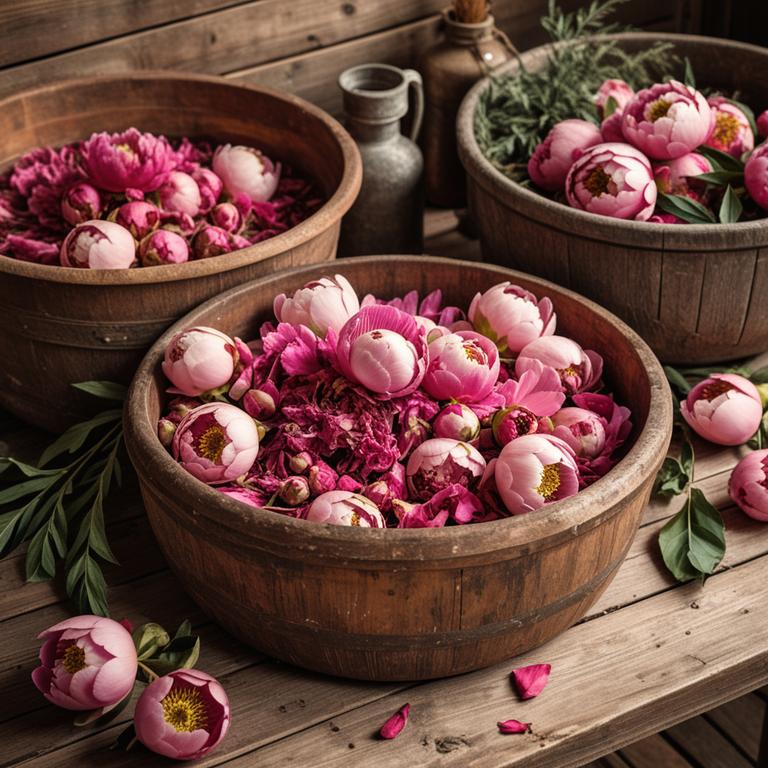
Paeonia suffruticosa herbal baths are used to promote relaxation and alleviate symptoms of stress and anxiety.
The active compounds in the plant, such as flavonoids and alkaloids, have soothing properties that help calm the nervous system. These baths are also known to improve skin health by reducing inflammation and soothing irritations. In traditional Chinese medicine, paeonia suffruticosa is valued for its ability to balance internal energy and enhance overall well-being.
Regular use of these baths can contribute to a sense of tranquility and support both physical and mental rejuvenation.
32. Glycyrrhiza glabra
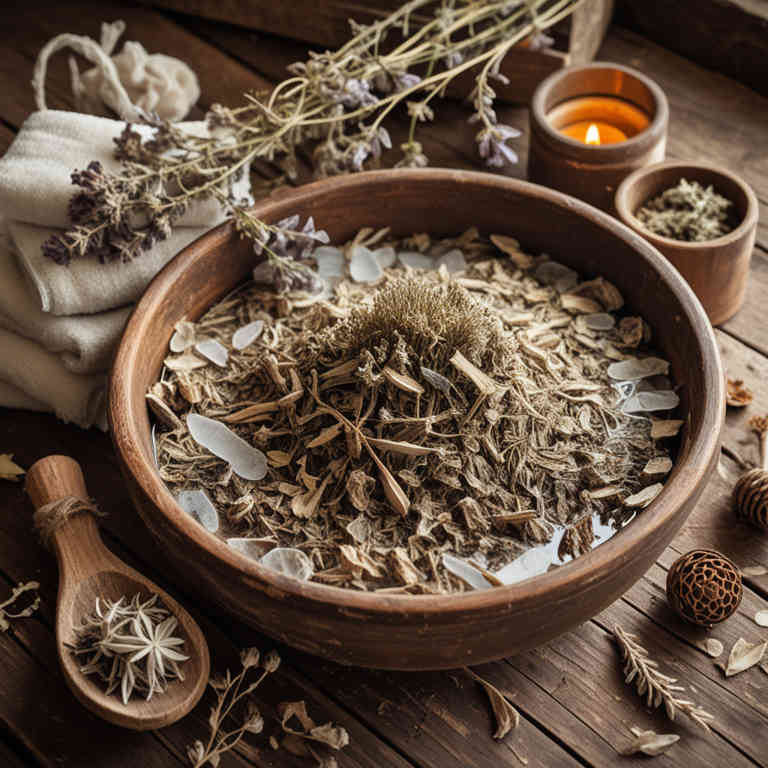
Glycyrrhiza glabra herbal baths are used to promote skin health and relieve inflammation due to their anti-inflammatory and soothing properties.
These baths can help alleviate symptoms of eczema, psoriasis, and other skin conditions by reducing redness and irritation. The active compounds in licorice root, such as glycyrrhizin and flavonoids, have been shown to have antimicrobial and antioxidant effects, which can further support skin healing. Additionally, glycyrrhiza glabra baths may help reduce stress-related skin issues by calming the nervous system.
Overall, these baths offer a natural and holistic approach to improving skin condition and enhancing overall well-being.
33. Cuminum cyminum
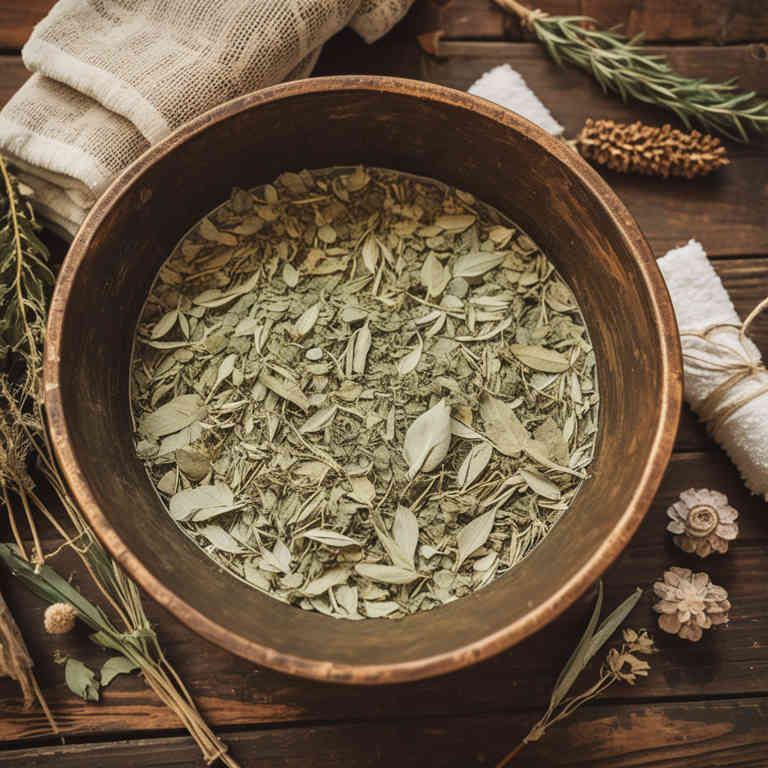
Cuminum cyminum herbal baths are used to promote relaxation and alleviate symptoms of stress and anxiety.
The essential oils derived from cumin seeds have calming properties that help soothe the nervous system and induce a sense of peace. These baths are also beneficial for improving digestion by stimulating the digestive tract and reducing bloating. Additionally, cumin has antimicrobial properties that can help purify the skin and prevent infections.
Overall, cuminum cyminum herbal baths are a natural and effective way to enhance both physical and mental well-being.
34. Symphytum officinale
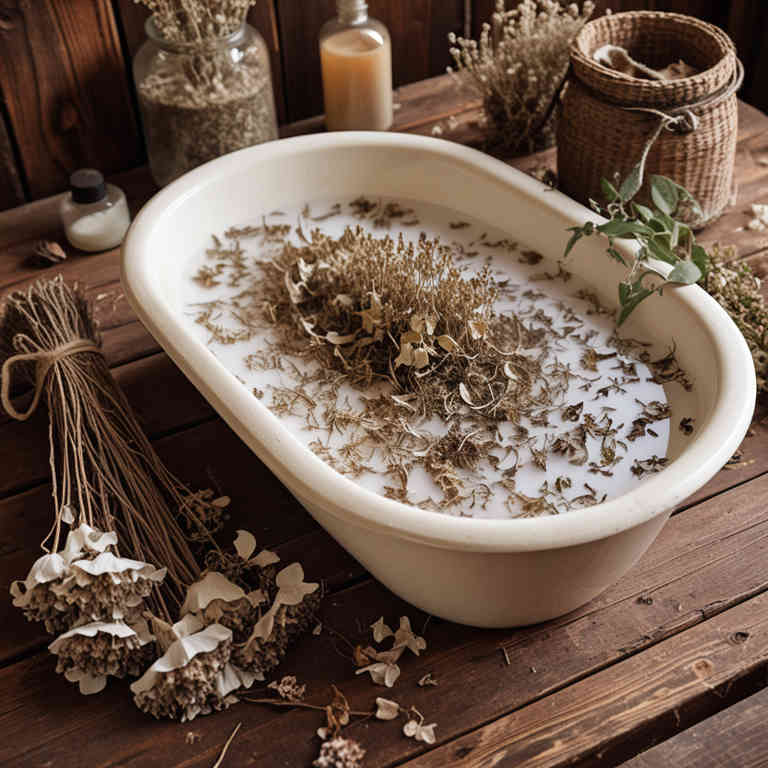
Symphytum officinale herbal baths are used to promote healing and relieve discomfort in various musculoskeletal conditions.
The plant, commonly known as comfrey, contains allantoin and other compounds that may help in reducing inflammation and encouraging tissue repair. These baths are often recommended for individuals suffering from bruises, sprains, or joint pain due to their soothing and regenerative properties. The warm water enhances the absorption of the herbal compounds, making the treatment more effective.
Additionally, symphytum officinale baths can provide a calming effect, helping to reduce stress and improve overall well-being.
35. Eucalyptus globulus
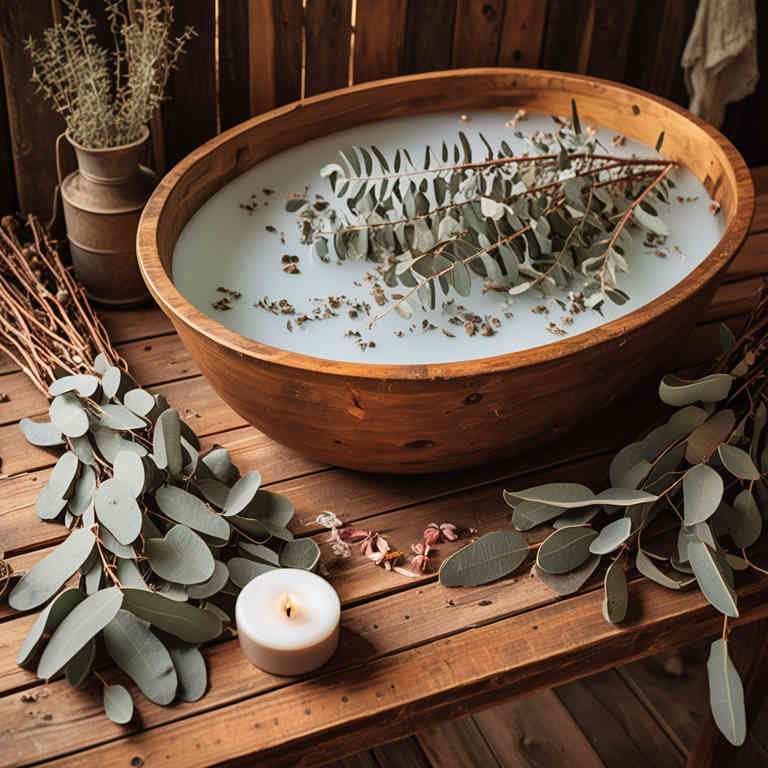
Eucalyptus globulus herbal baths are used to promote relaxation and alleviate muscle tension by leveraging the soothing properties of eucalyptus oil.
The aromatic compounds in eucalyptus globulus, such as eucalyptol, help to ease respiratory congestion and improve airflow, making these baths beneficial for individuals with colds or sinus issues. They also provide a calming effect that can reduce stress and enhance overall well-being. The warm water combined with the essential oils creates a therapeutic environment that supports skin health and relieves minor aches and pains.
Due to their natural and holistic approach, eucalyptus globulus herbal baths are a popular choice for those seeking natural remedies for both physical and mental comfort.
36. Vitis vinifera
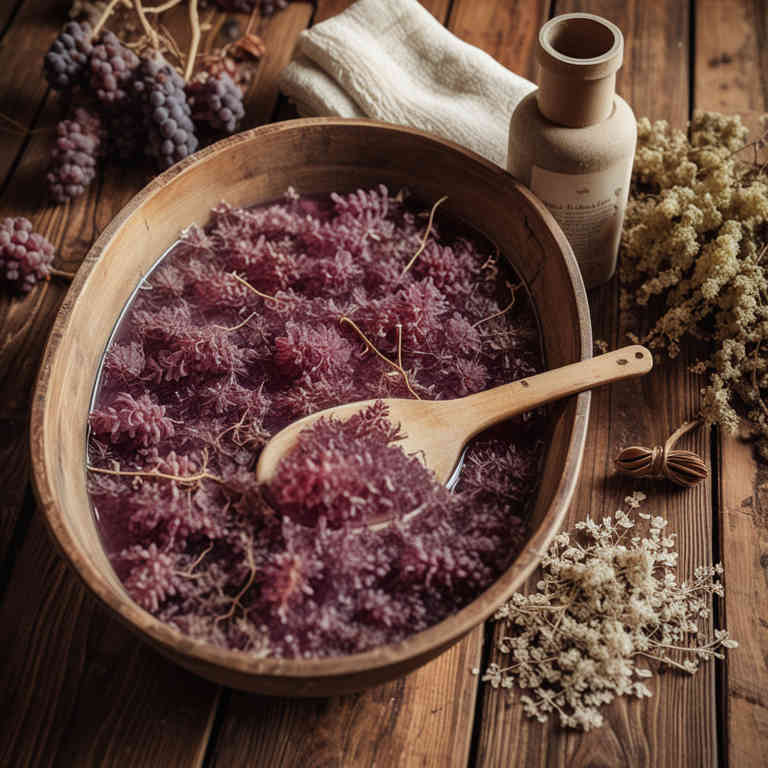
Vitis vinifera herbal baths are used to promote relaxation and alleviate muscle tension by leveraging the soothing properties of grape-derived compounds.
These baths are often incorporated into wellness routines to reduce stress and enhance overall well-being through their calming aromatic effects. The antioxidants present in vitis vinifera may also help improve skin health by nourishing and protecting the skin from environmental stressors. Additionally, these baths can aid in detoxification by supporting the body's natural processes and improving circulation.
Their natural origin makes them a preferred choice for those seeking holistic and safe therapeutic alternatives.
37. Valeriana officinalis
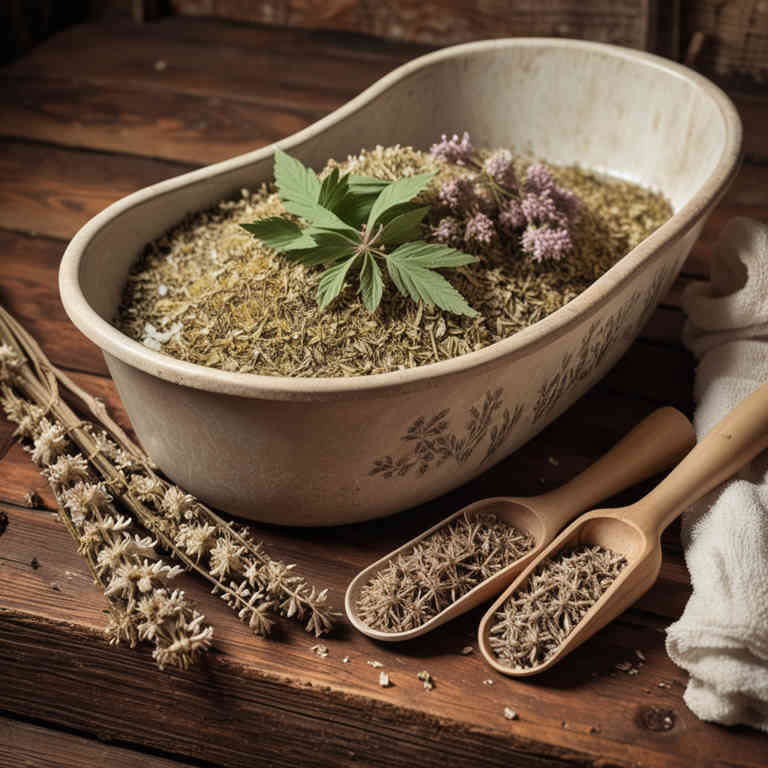
Valeriana officinalis herbal baths are used to promote relaxation and reduce stress by soothing the nervous system.
The active compounds in valerian root, such as valerenic acid, have calming effects that can help alleviate anxiety and improve sleep quality. These baths are also beneficial for easing muscle tension and reducing symptoms of mild insomnia due to their sedative properties. Additionally, they can help relieve symptoms of restlessness and irritability, making them a natural alternative to pharmaceutical sedatives.
Overall, valeriana officinalis herbal baths are valued for their ability to foster a sense of calm and well-being through aromatherapy and gentle medicinal action.
38. Aloe barbadensis
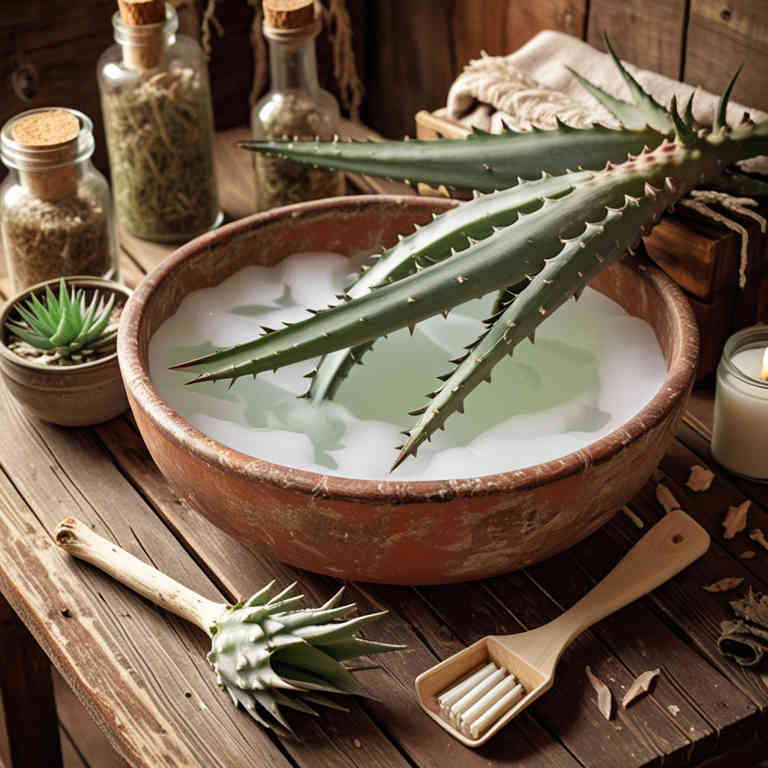
Aloe barbadensis herbal baths are used to soothe and nourish the skin, offering a natural remedy for various skin conditions.
The gel from the aloe plant contains anti-inflammatory and antimicrobial properties that help reduce redness, irritation, and infection. These baths can also hydrate and moisturize the skin, making them beneficial for those with dryness or eczema. Additionally, the calming effects of aloe can help relieve stress and promote relaxation during a bath.
Because of its gentle yet effective nature, aloe barbadensis is a popular choice for those seeking natural skincare solutions.
39. Sambucus nigra
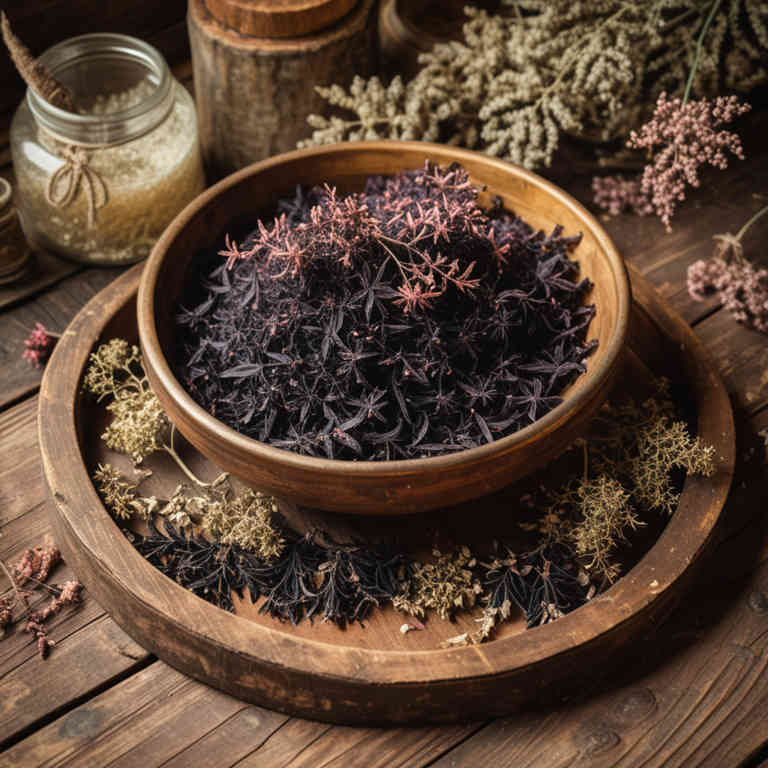
Sambucus nigra herbal baths are used to promote relaxation and ease muscle tension by harnessing the soothing properties of the elderflower.
These baths are particularly beneficial for individuals experiencing stress, anxiety, or chronic fatigue, as the plant's compounds may help calm the nervous system. The anti-inflammatory and antiseptic qualities of sambucus nigra can also support skin health, making these baths useful for treating minor skin irritations or eczema. Additionally, the aromatic compounds in the herb can enhance the sensory experience of bathing, creating a spa-like environment at home.
Overall, sambucus nigra herbal baths offer a natural and holistic approach to wellness, combining therapeutic benefits with a comforting ritual.
40. Cymbopogon citratus
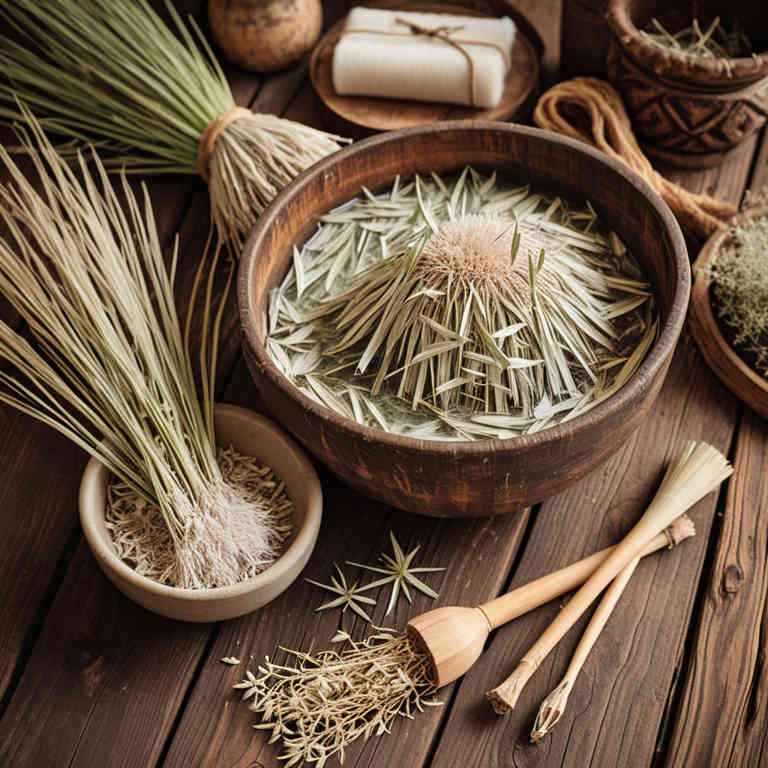
Cymbopogon citratus herbal baths are used to promote relaxation and alleviate stress by releasing calming aromatic compounds through steam and skin absorption.
These baths are particularly beneficial for individuals suffering from anxiety or insomnia, as the scent of lemongrass has been shown to reduce mental tension and improve sleep quality. Additionally, the anti-inflammatory and antiseptic properties of cymbopogon citratus can help soothe skin irritations and reduce the risk of infections when used in bathwater. The herb is also known to support digestive health when used in bath form, as its essential oils can stimulate circulation and ease gastrointestinal discomfort.
Overall, cymbopogon citratus herbal baths offer a natural and holistic approach to enhancing well-being through aromatherapy and therapeutic immersion.
41. Calendula officinalis

Calendula officinalis herbal baths are used to soothe and heal skin conditions such as eczema, psoriasis, and minor burns.
The anti-inflammatory and antimicrobial properties of calendula help reduce redness, irritation, and infection risk in sensitive skin. These baths also promote relaxation and can alleviate stress-related skin issues by calming the nervous system. Additionally, calendula is known to enhance skin regeneration and improve its overall texture and appearance.
Because of its gentle yet effective nature, calendula officinalis herbal baths are a popular choice for natural skincare and therapeutic purposes.
42. Artemisia absinthium

Artemisia absinthium herbal baths are used to promote relaxation and ease muscle tension by leveraging the plant's calming properties.
The essential oils and compounds in artemisia absinthium have been traditionally used to soothe the nervous system, making these baths beneficial for reducing stress and anxiety. Additionally, the antiseptic and anti-inflammatory properties of the herb can help alleviate skin irritations and minor infections when used in bath water. Some cultures also use artemisia absinthium baths to support digestive health by encouraging detoxification and improving circulation.
Overall, these baths offer a holistic approach to wellness, combining aromatherapy with natural therapeutic benefits.
43. Sanguisorba officinalis

Sanguisorba officinalis herbal baths are used to promote skin health and alleviate inflammatory conditions.
The plant contains compounds with anti-inflammatory and astringent properties that can soothe irritated or sensitive skin. These baths are also believed to help reduce redness and improve the overall texture of the skin. Traditionally, they have been used in herbal medicine to treat eczema, psoriasis, and other dermatological issues.
The soothing effects of sanguisorba officinalis make it a valuable natural remedy for those seeking gentle, plant-based skincare solutions.
44. Thuja occidentalis

Thuja occidentalis herbal baths are used to promote skin health and alleviate various skin conditions such as eczema, psoriasis, and fungal infections.
The essential oils extracted from thuja leaves contain compounds with antifungal, antibacterial, and anti-inflammatory properties, making them beneficial for treating infections and reducing inflammation. These baths can also help detoxify the body by supporting the lymphatic system and improving circulation. Additionally, the aromatic properties of thuja can have a calming effect, reducing stress and promoting relaxation.
Due to their natural therapeutic benefits, thuja occidentalis herbal baths are increasingly favored in holistic and alternative medicine practices.
45. Arnica montana
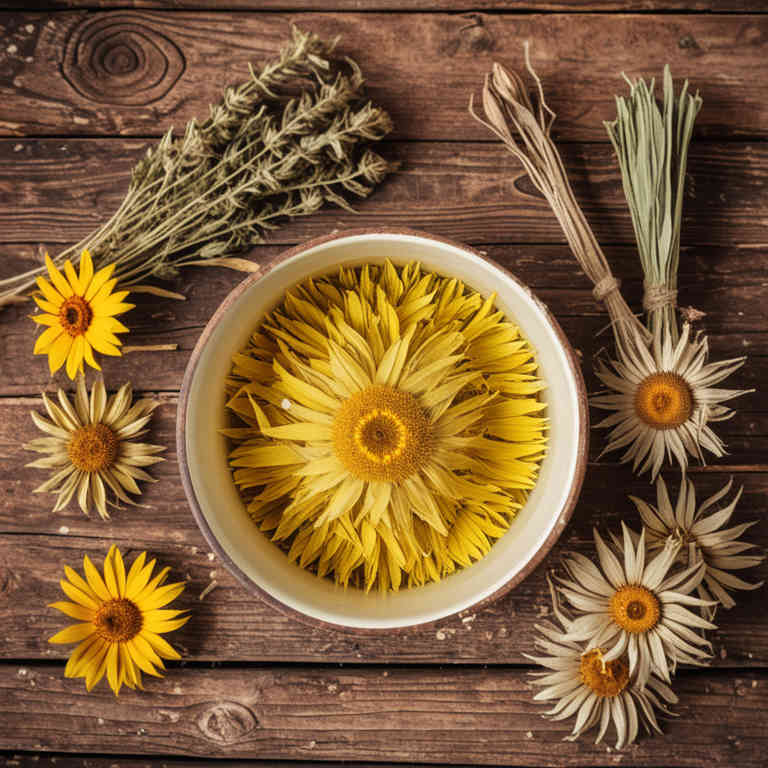
Arnica montana herbal baths are used to alleviate pain and reduce inflammation in muscles and joints.
They are particularly beneficial for individuals suffering from conditions such as arthritis, muscle strains, or bruises due to their anti-inflammatory and analgesic properties. The active compounds in arnica, such as helenalin and other sesquiterpene lactones, help to improve blood circulation and promote the healing process. These baths are often recommended as a natural alternative to topical pain relievers, offering a soothing and holistic approach to pain management.
Additionally, they can help relax tense muscles and ease the symptoms of overexertion, making them a popular choice for athletes and those with chronic pain conditions.
46. Sabadilla tinctura
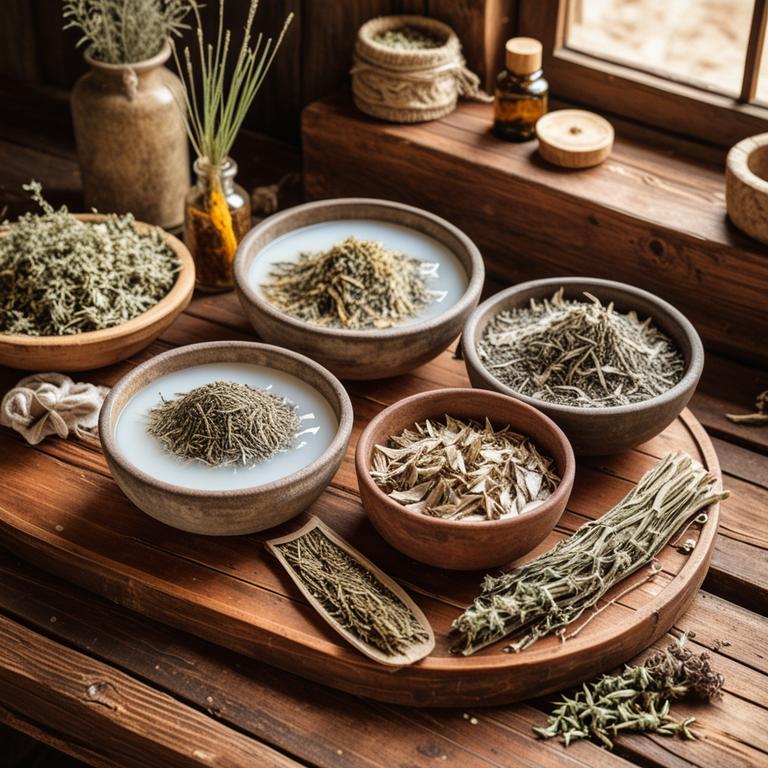
Sabadilla tinctura herbal baths are used to alleviate symptoms of respiratory conditions such as asthma and bronchitis by promoting bronchodilation and reducing inflammation in the airways.
These baths are believed to help soothe coughing and ease breathing through the absorption of the tincture’s active compounds through the skin. The warming effect of the bath enhances the penetration of the herbal ingredients, allowing for deeper therapeutic action. They are also used to relieve muscle spasms and tension, making them beneficial for individuals with chronic respiratory issues or muscle-related discomfort.
Due to their natural composition, sabadilla tinctura herbal baths are considered a gentle alternative for those seeking holistic approaches to managing respiratory and muscular health.
47. Origanum vulgare
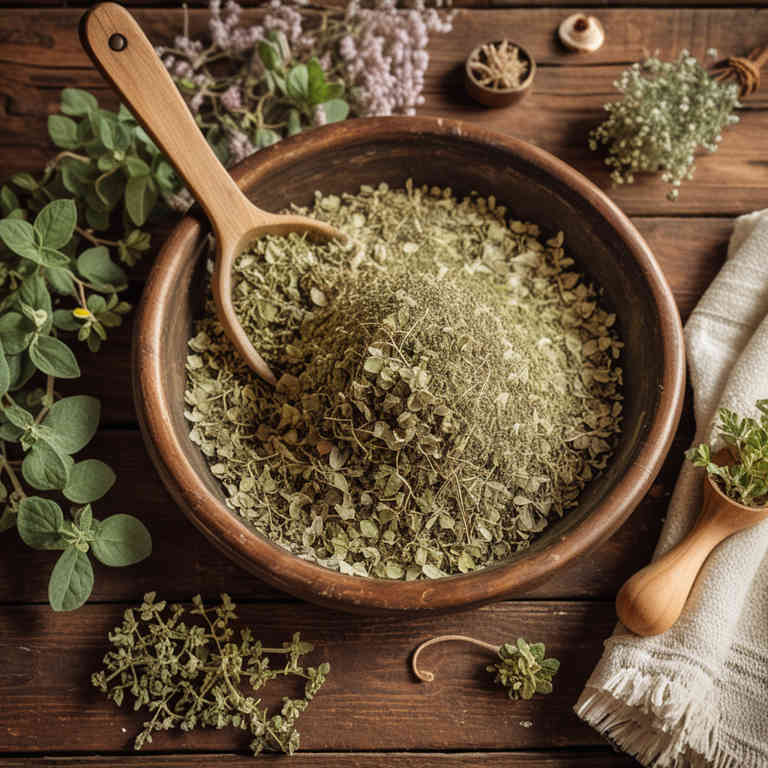
Origanim vulgare herbal baths are used to promote relaxation and alleviate stress-related symptoms by leveraging the calming properties of oregano essential oils.
These baths are also beneficial for improving skin health due to the antiseptic and anti-inflammatory qualities of the herb. The warming effect of the bath enhances the absorption of oregano’s active compounds, such as carvacrol, which can help reduce muscle tension and joint pain. Additionally, the aromatic components of origanum vulgare may enhance mood and support mental well-being through their soothing scent.
Overall, these baths offer a holistic approach to wellness by combining physical comfort with emotional and mental benefits.
48. Satureja hortensis
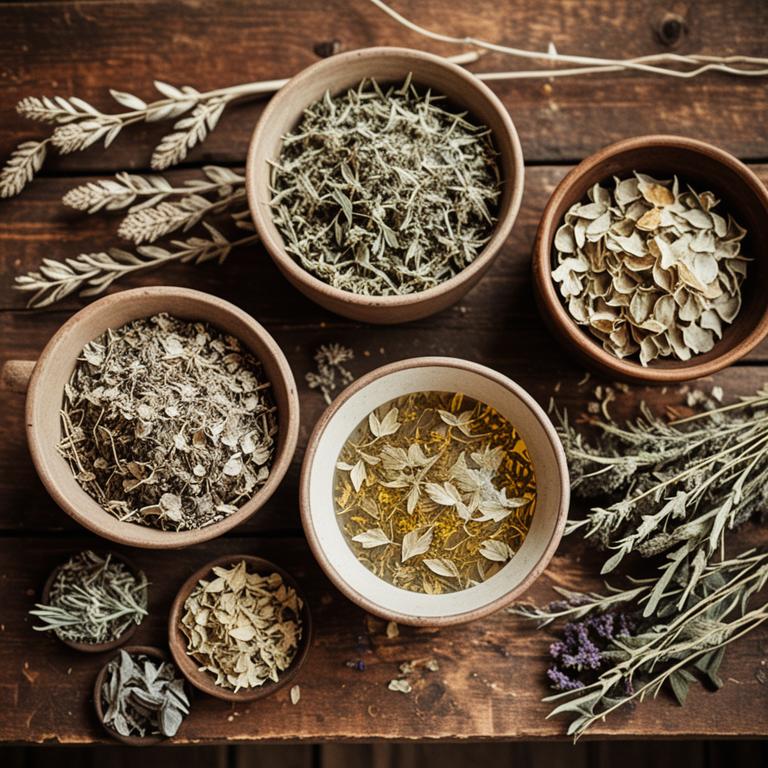
Satureja hortensis herbal baths are used to promote relaxation and relieve muscle tension by harnessing the calming properties of this aromatic herb.
The essential oils in satureja hortensis, such as thymol and carvacrol, have antiseptic and anti-inflammatory effects, making these baths beneficial for skin conditions and minor infections. They are also known to improve circulation and ease symptoms of arthritis or other inflammatory disorders. Additionally, the soothing scent of satureja hortensis can help reduce stress and enhance mental clarity, making it a popular choice for aromatherapy.
These baths are favored for their natural, holistic approach to wellness, offering both physical and emotional benefits.
49. Echinacea angustifolia

Echinacea angustifolia herbal baths are used to support immune function and promote skin health through their anti-inflammatory and antimicrobial properties.
These baths can help reduce symptoms of minor skin irritations, such as eczema or rashes, by soothing inflammation and preventing infection. The plant's active compounds, including alkamides and polysaccharides, are believed to stimulate the body's natural defenses, making it beneficial for those prone to frequent colds or infections. Additionally, echinacea angustifolia baths may provide a calming effect, helping to ease stress-related skin conditions.
Overall, they offer a natural and holistic approach to enhancing wellness and maintaining healthy skin.
50. Plantago lanceolata
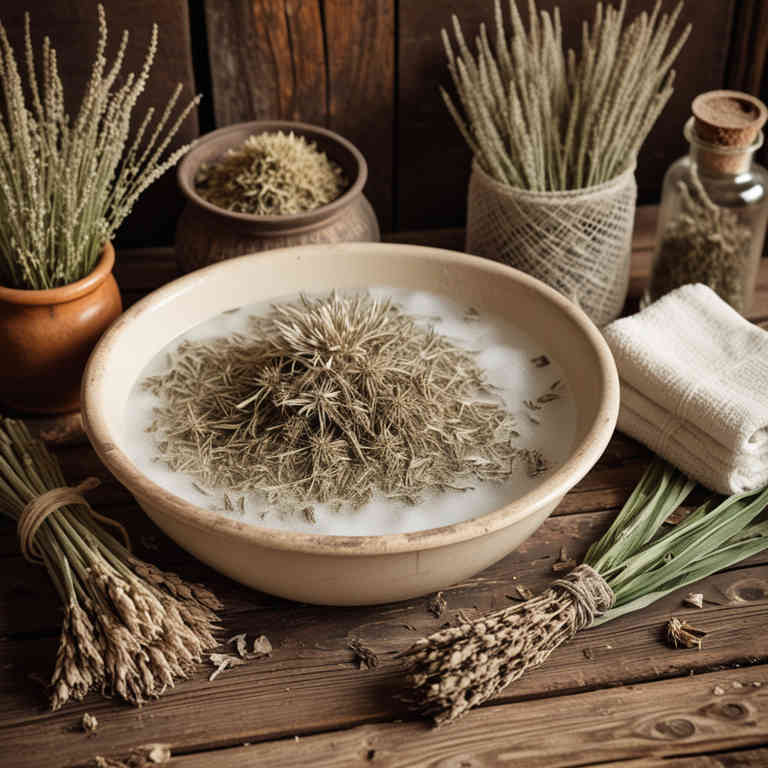
Plantago lanceolata herbal baths are used to soothe skin irritations and promote overall skin health due to their anti-inflammatory and healing properties.
The plant contains compounds like aucubin and allantoin, which help reduce redness, itching, and inflammation associated with eczema, psoriasis, and other dermatological conditions. These baths can also be beneficial for relieving symptoms of minor burns, insect bites, and allergic reactions by calming the skin and accelerating the healing process. Additionally, the presence of mucilage in plantago lanceolata provides a protective layer on the skin, enhancing moisture retention and reducing dryness.
As a natural remedy, these baths offer a gentle and effective alternative for those seeking non-chemical approaches to skin care and relief.
51. Saponaria officinalis
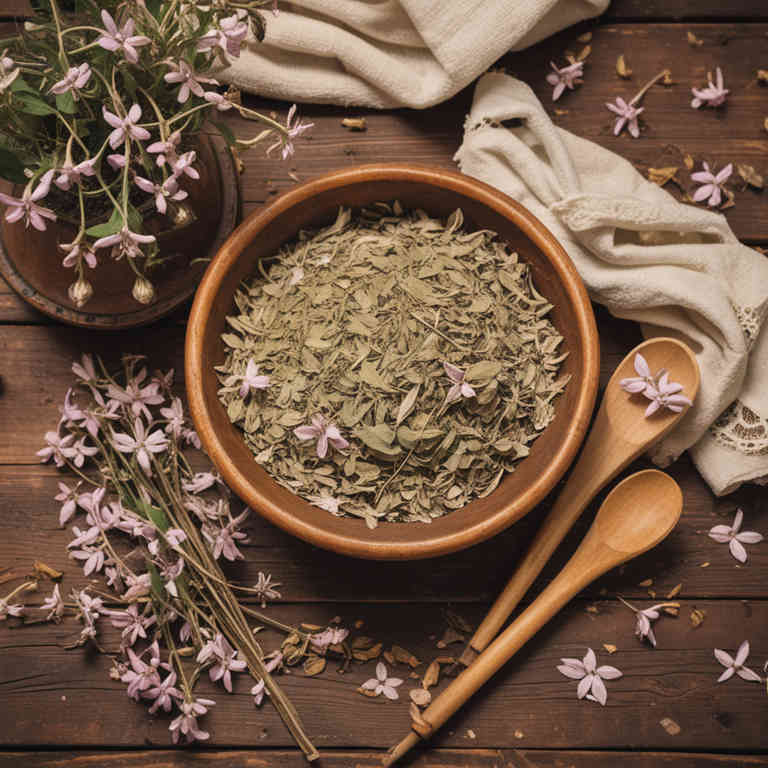
Saponaria officinalis herbal baths are used to promote skin health and relieve minor irritations due to their mild cleansing and soothing properties.
The plant contains saponins, which help to gently exfoliate the skin and remove impurities without causing excessive dryness. These baths are also known to have a calming effect, making them beneficial for reducing stress and promoting relaxation. The natural compounds in saponaria officinalis may help to alleviate symptoms of eczema and other skin conditions by reducing inflammation and redness.
Overall, saponaria officinalis herbal baths offer a gentle, natural alternative for maintaining healthy, clear skin and enhancing overall well-being.
52. Nigella sativa
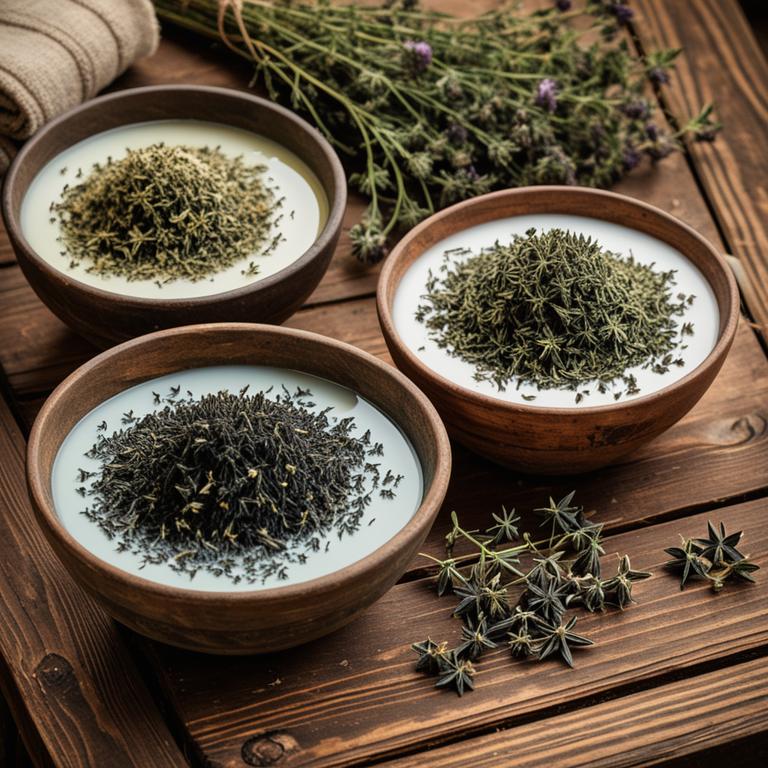
Nigella sativa herbal baths are used to promote skin health and alleviate various skin conditions due to their anti-inflammatory and antimicrobial properties.
The essential oil of black cumin, derived from Nigella sativa, helps in reducing redness, irritation, and infections when applied topically through bath water. These baths are also believed to detoxify the skin and improve its overall texture by stimulating blood circulation and enhancing the skin's natural healing process. Additionally, the aromatic compounds in Nigella sativa may have a calming effect, contributing to stress relief and relaxation during bathing.
Because of these benefits, nigella sativa herbal baths are increasingly popular in traditional and alternative medicine practices for their holistic therapeutic value.
53. Ginkgo biloba
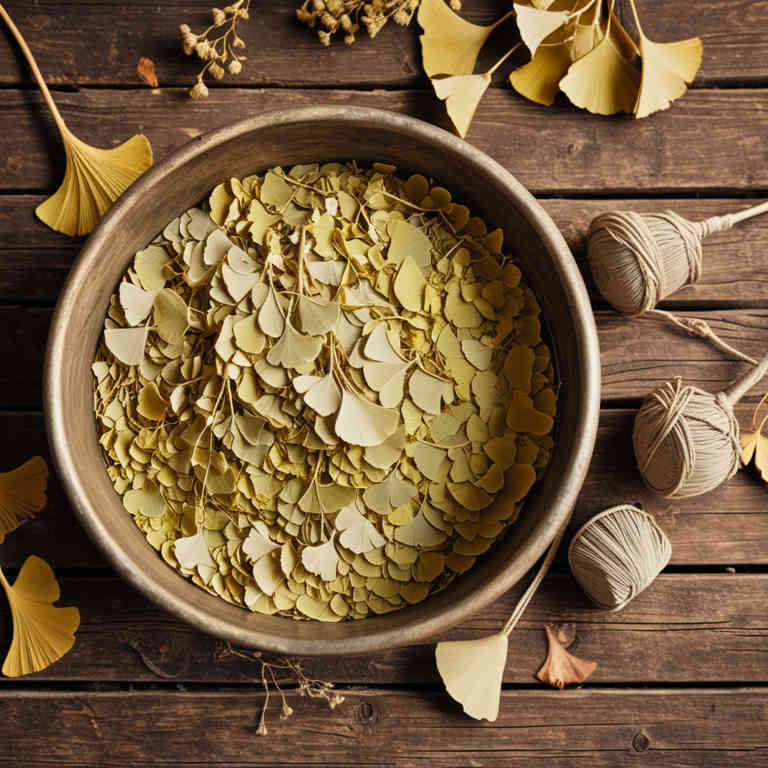
Ginkgo biloba herbal baths are used to promote relaxation and enhance circulation by leveraging the plant’s natural compounds.
The leaves of the ginkgo biloba tree contain antioxidants and flavonoids that can soothe the skin and reduce inflammation when infused into bath water. These baths are also believed to support cognitive function by improving blood flow to the brain, making them popular in wellness routines. The calming aroma of ginkgo biloba can help alleviate stress and anxiety, contributing to overall mental well-being.
Due to these benefits, ginkgo biloba herbal baths are increasingly sought after for their holistic approach to health and relaxation.
54. Pelargonium graveolens

Pelargonium graveolens herbal baths are used to promote relaxation and alleviate stress by harnessing the calming properties of its essential oils.
These baths are also known to soothe muscle aches and pains, making them beneficial for individuals suffering from tension or inflammation. The aromatic compounds in pelargonium graveolens can enhance mood and improve mental clarity, offering a natural remedy for mild anxiety and depression. Additionally, the antiseptic qualities of this plant make it useful for cleansing the skin and treating minor infections or irritations.
Overall, pelargonium graveolens herbal baths provide a holistic approach to wellness by combining physical, emotional, and mental benefits.
55. Plantago major
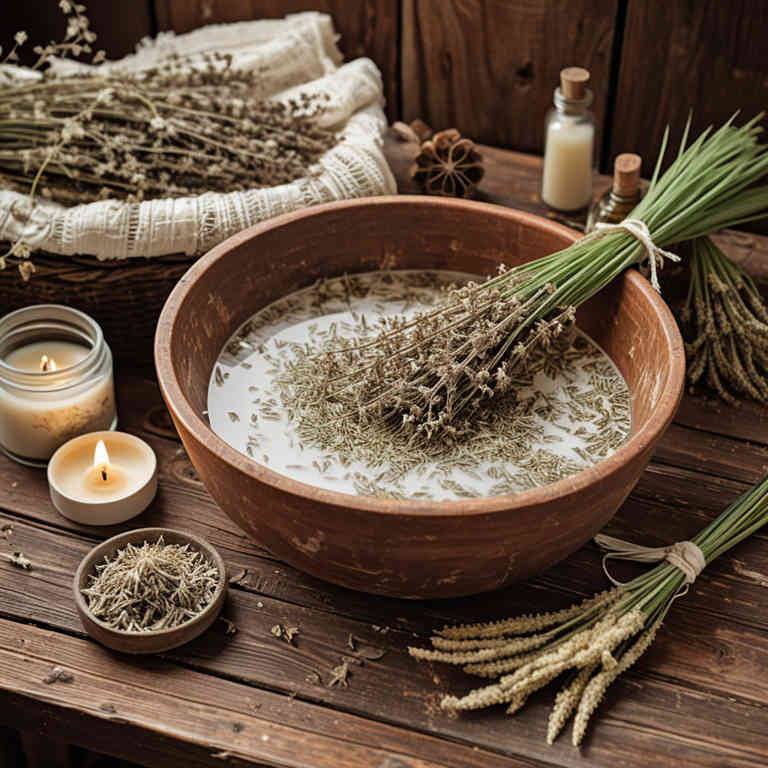
Plantago major herbal baths are used to promote skin health and alleviate various inflammatory conditions.
The plantago major, commonly known as broadleaf plantain, contains compounds like aucubin and allantoin that have soothing and healing properties. These baths are particularly beneficial for reducing redness, irritation, and minor skin abrasions. They are also used to ease symptoms of eczema, psoriasis, and other dermatological issues due to their anti-inflammatory and antiseptic effects.
The natural ingredients in plantago major make it a gentle and effective remedy for those seeking alternative treatments for skin ailments.
56. Pueraria lobata

Pueraria lobata herbal baths are used to promote relaxation and alleviate symptoms of stress and anxiety.
The active compounds in pueraria lobata, such as isoflavones, have been shown to have calming effects on the nervous system, making these baths beneficial for reducing mental fatigue. Additionally, they are used to improve skin health by reducing inflammation and promoting a soothing effect on the skin. The mild, earthy scent of the herb also contributes to an aromatherapeutic experience, enhancing the overall sense of well-being.
These baths are particularly favored in traditional medicine for their natural and holistic approach to wellness.
57. Spiraea ulmaria

Spiraea ulmaria herbal baths are used to promote skin health and relieve minor skin irritations due to their anti-inflammatory and astringent properties.
The plant contains compounds such as salicylic acid, which help to soothe redness and reduce the appearance of blemishes. These baths are also beneficial for calming sensitive skin and can be used to treat conditions like eczema or psoriasis. Additionally, the mild scent of spiraea ulmaria can have a calming effect, making it a popular choice for relaxation and stress relief.
Overall, its natural components make it a gentle yet effective remedy for maintaining healthy, clear skin.
58. Althaea officinalis
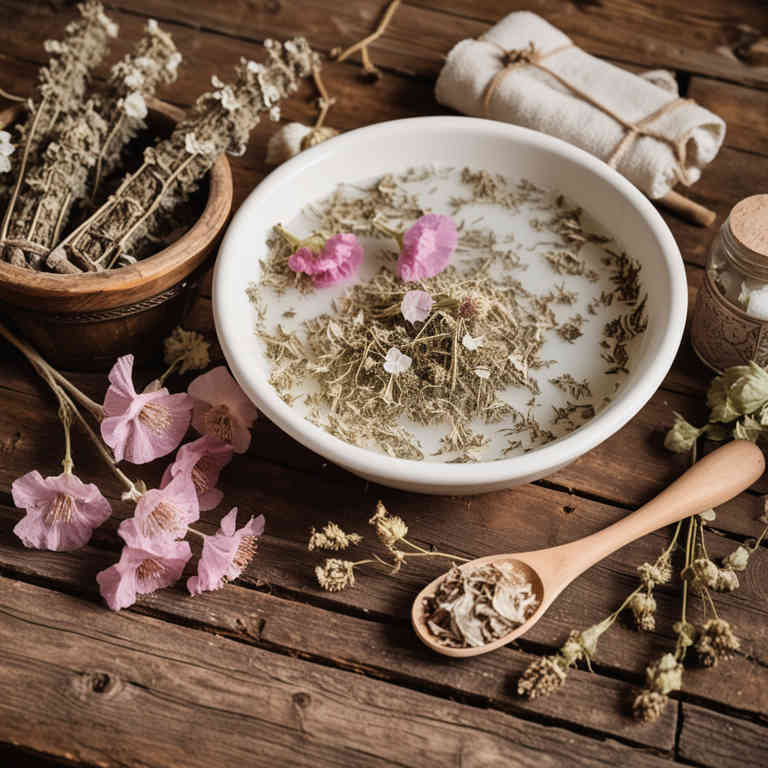
Althaea officinalis herbal baths are used to soothe skin irritations and promote healing due to their anti-inflammatory and moisturizing properties.
The plant, commonly known as marshmallow, contains mucilage that forms a protective barrier on the skin, helping to reduce redness and irritation. These baths are particularly beneficial for individuals suffering from eczema, psoriasis, or other inflammatory skin conditions. The soothing effects of althaea officinalis can also help alleviate symptoms of dryness and itchiness, making it a popular choice in natural skincare routines.
Overall, its gentle yet effective nature makes althaea officinalis a valuable remedy for improving skin health and comfort.
59. Rhus toxicaria
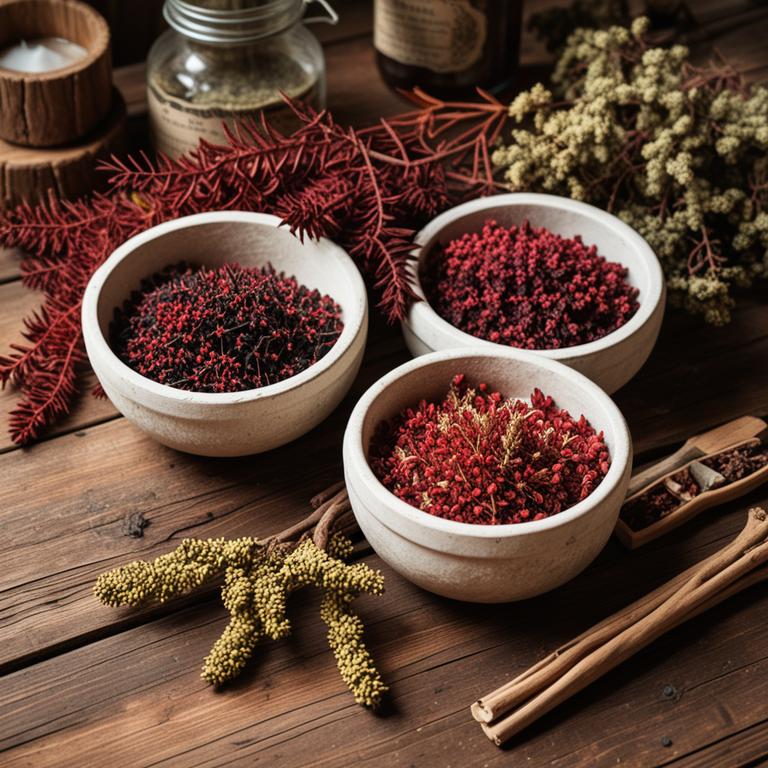
Rhus toxicaria herbal baths are used to alleviate symptoms of skin conditions such as eczema, psoriasis, and dermatitis by soothing inflammation and promoting healing.
The plant, also known as poison ivy, contains compounds that can have anti-inflammatory and antiseptic properties when properly prepared and used in a diluted form. These baths are often recommended for their ability to reduce itching and redness, providing relief for those suffering from persistent skin irritations. The warming effect of the bath enhances circulation, which can aid in the body's natural recovery process.
Overall, rhus toxicaria herbal baths are valued for their potential to offer natural, holistic relief for various skin-related ailments.
60. Melaleuca alternifolia
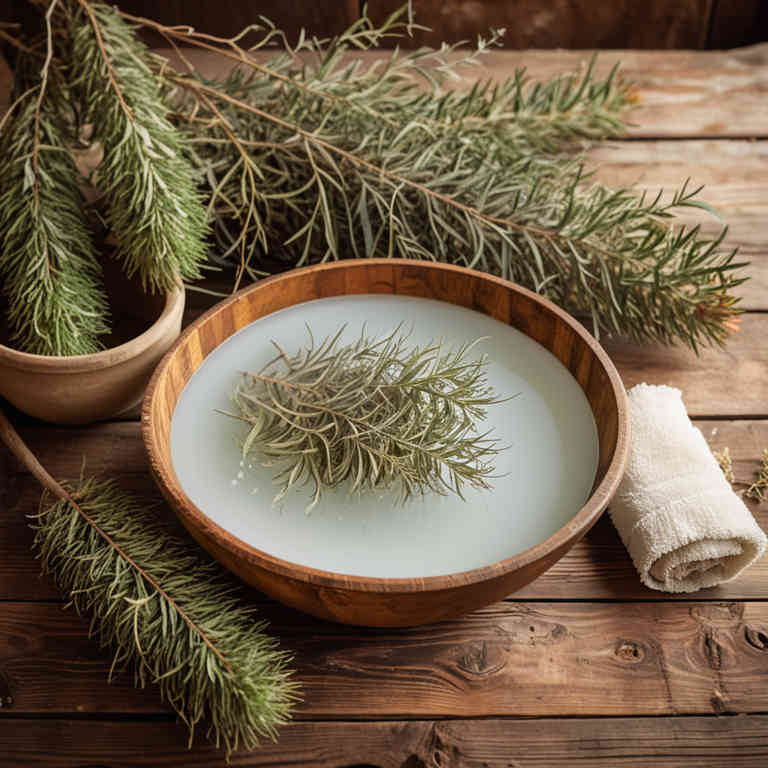
Melaleuca alternifolia herbal baths are used to promote skin health and provide natural relief for various skin conditions.
The essential oil derived from this plant, commonly known as tea tree oil, has strong antimicrobial properties that help in treating acne, fungal infections, and other bacterial skin issues. These baths can also soothe inflammation and reduce redness, making them beneficial for those with eczema or psoriasis. The aromatic compounds in melaleuca alternifolia contribute to a calming effect, which can help alleviate stress and improve overall well-being.
Due to its natural and gentle nature, melaleuca alternifolia herbal baths are a popular choice for those seeking alternative and holistic approaches to skincare.
61. Nepeta cataria
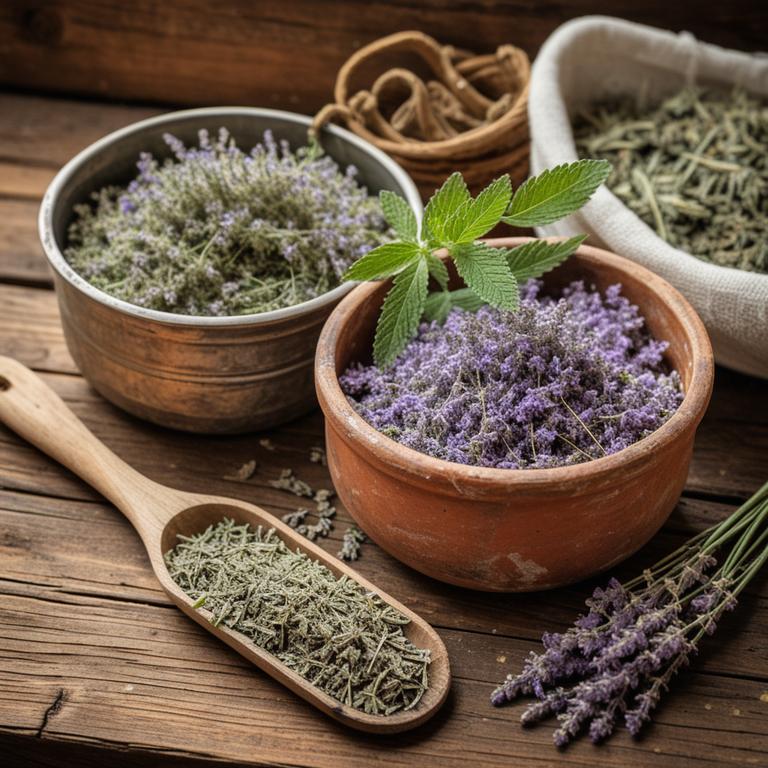
Nepeta cataria herbal baths are used to promote relaxation and reduce stress by leveraging the calming properties of catnip.
The essential oils in catnip have a soothing effect on the nervous system, helping to ease anxiety and improve mood. These baths can also aid in improving sleep quality by creating a peaceful environment that encourages restful nights. Additionally, nepeta cataria is believed to have mild antiseptic properties that can help soothe skin irritations and promote overall skin health.
Due to its natural and gentle nature, nepeta cataria herbal baths are a popular choice for those seeking a holistic approach to wellness and self-care.
62. Cymbopogon martinii

Cymbopogon martinii herbal baths are used to promote relaxation and alleviate stress by harnessing the calming properties of its essential oils.
The aromatic compounds in these baths have been traditionally utilized to soothe the nervous system and improve mood, making them popular in aromatherapy practices. They are also beneficial for skin health, as the natural ingredients can help reduce inflammation and soothe irritations. Additionally, cymbopogon martinii baths are known to enhance sleep quality by creating a peaceful environment that encourages restful sleep.
Their versatility and therapeutic benefits make them a valuable addition to holistic wellness routines.
63. Nelumbo nucifera

Nelumbo nucifera herbal baths are used to promote skin health and relaxation through the therapeutic properties of the lotus plant.
The leaves, flowers, and roots of the lotus contain antioxidants, anti-inflammatory compounds, and essential oils that help soothe irritated skin and reduce redness. These baths are also believed to detoxify the body by improving circulation and aiding in the removal of toxins through the skin. In traditional Ayurvedic practices, they are used to balance the body's energies and enhance overall well-being.
The calming aroma of the herbal infusion further contributes to stress relief and mental clarity, making these baths a holistic remedy for both physical and emotional health.
64. Allium sativum
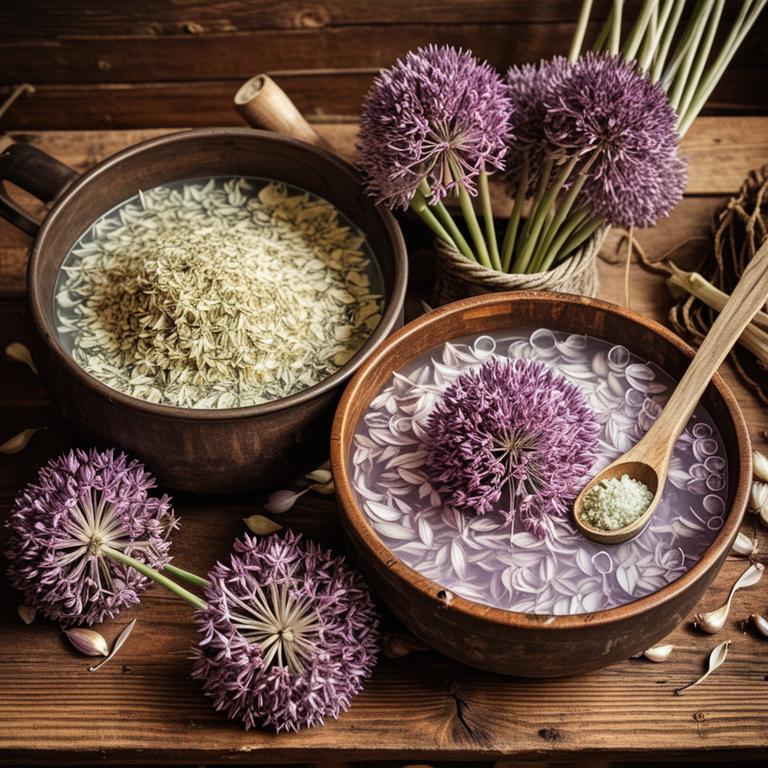
Allium sativum herbal baths are used to promote relaxation and soothe muscle tension by leveraging the calming properties of garlic.
The essential oils and compounds found in garlic have antimicrobial and anti-inflammatory effects, making these baths beneficial for skin conditions such as eczema and fungal infections. Additionally, the warm water combined with garlic can enhance blood circulation and ease joint pain, offering relief for individuals with arthritis or muscle soreness. Garlic's natural detoxifying properties may also help in purifying the skin and improving overall skin health.
These baths are increasingly popular in holistic wellness practices due to their natural, therapeutic benefits that support both physical and emotional well-being.
65. Paeonia lactiflora
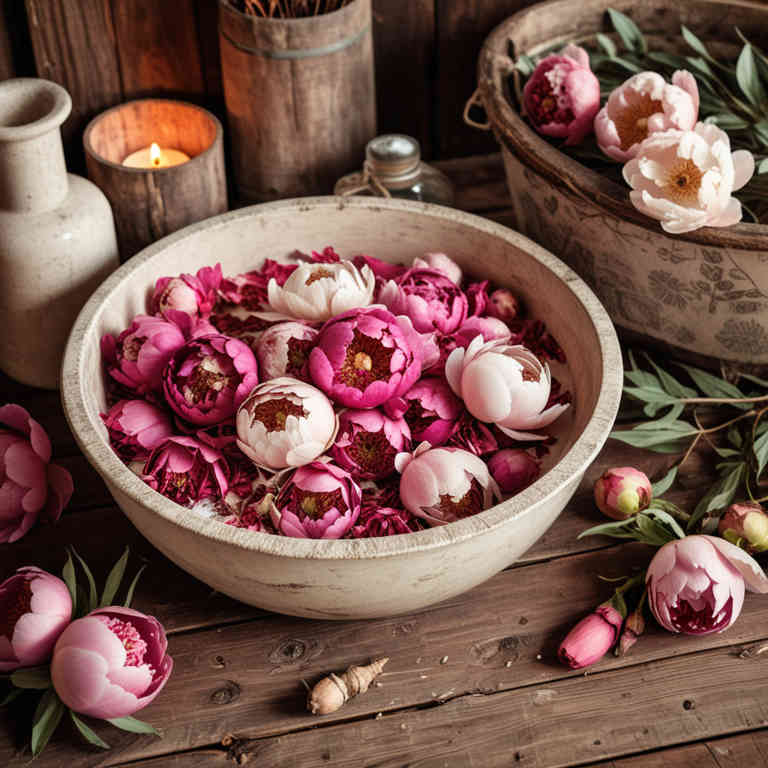
Paeonia lactiflora herbal baths are used to promote relaxation and alleviate symptoms of stress and anxiety.
The soothing properties of this herb help to calm the nervous system, making it beneficial for those experiencing tension or emotional distress. Additionally, these baths can improve skin health by reducing inflammation and soothing irritations. The essential oils and compounds in paeonia lactiflora have antiseptic and anti-inflammatory effects, which can aid in treating skin conditions like eczema or psoriasis.
Overall, incorporating paeonia lactiflora into herbal baths offers a natural way to enhance both mental well-being and physical health.
66. Citrus sinensis

Citrus sinensis herbal baths are used to promote relaxation and soothe muscle tension through the calming effects of their natural oils and extracts.
These baths are particularly beneficial for individuals suffering from stress-related ailments, as the aromatic compounds in citrus sinensis can help reduce anxiety and enhance mental clarity. Additionally, the antiseptic properties of citrus sinensis make it effective in preventing skin infections and promoting overall skin health. The warming effect of the bath can also aid in improving circulation and alleviating symptoms of arthritis or joint pain.
Overall, citrus sinensis herbal baths are valued for their holistic benefits, combining aromatherapy, skincare, and therapeutic relaxation in a single soothing experience.
67. Cucurbita pepo
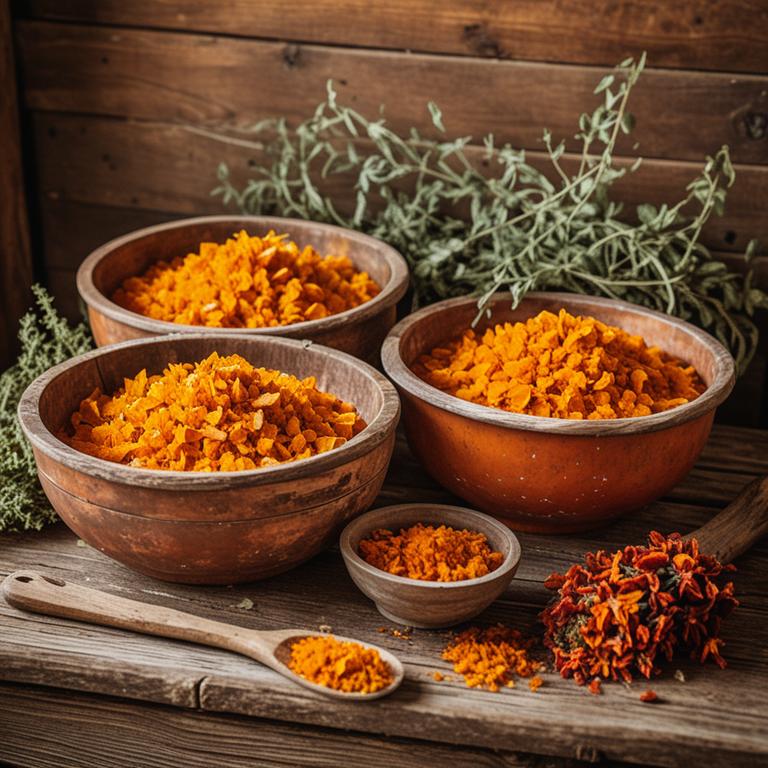
Cucurbita pepo herbal baths are used to promote skin health and relieve minor skin irritations due to their anti-inflammatory and soothing properties.
The seeds and extracts of this plant contain compounds that can help reduce redness and inflammation, making them beneficial for conditions like eczema or psoriasis. These baths also support relaxation and stress relief, as the calming scent of cucurbita pepo can have a soothing effect on the mind and body. Additionally, they are believed to aid in detoxification by helping to open pores and encourage the elimination of toxins through the skin.
Overall, cucurbita pepo herbal baths are valued for their natural therapeutic benefits, offering a holistic approach to skincare and wellness.
68. Pogostemon cablin
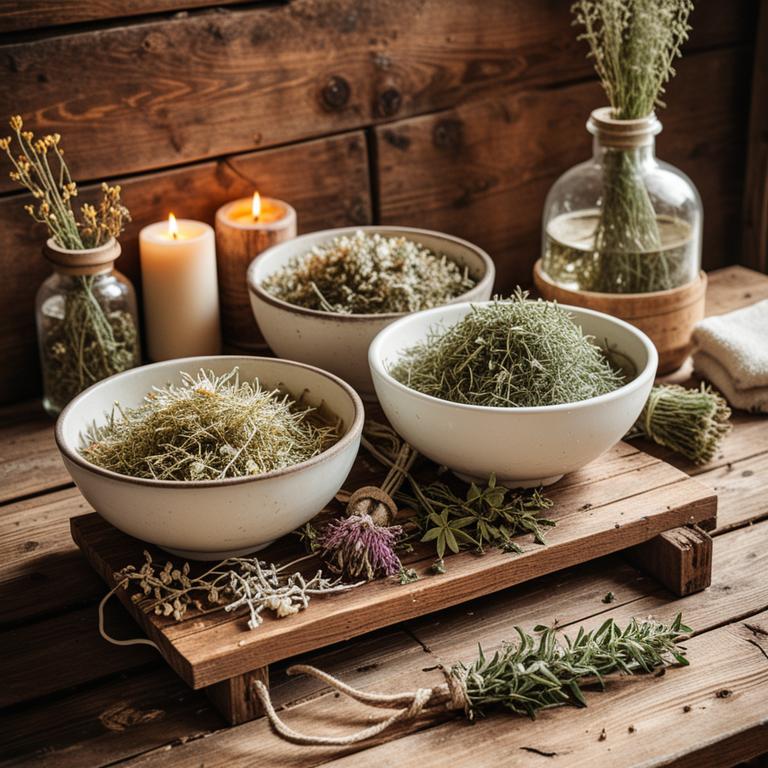
Pogostemon cablin herbal baths are used to promote relaxation and alleviate muscle tension by leveraging the calming properties of the plant's essential oils.
These baths are particularly beneficial for individuals experiencing stress or chronic fatigue, as the aromatic compounds in pogostemon cablin can help reduce mental fatigue and improve mood. The anti-inflammatory and soothing effects of the herb also make it effective in relieving symptoms of skin irritation and minor wounds when used topically in bath water. Additionally, the warm water combined with the herb’s natural properties can enhance blood circulation and ease joint discomfort, making it a popular choice for therapeutic use.
Overall, pogostemon cablin herbal baths are valued for their holistic benefits, offering both physical and emotional relief through natural means.
69. Strychnos nux-vomica
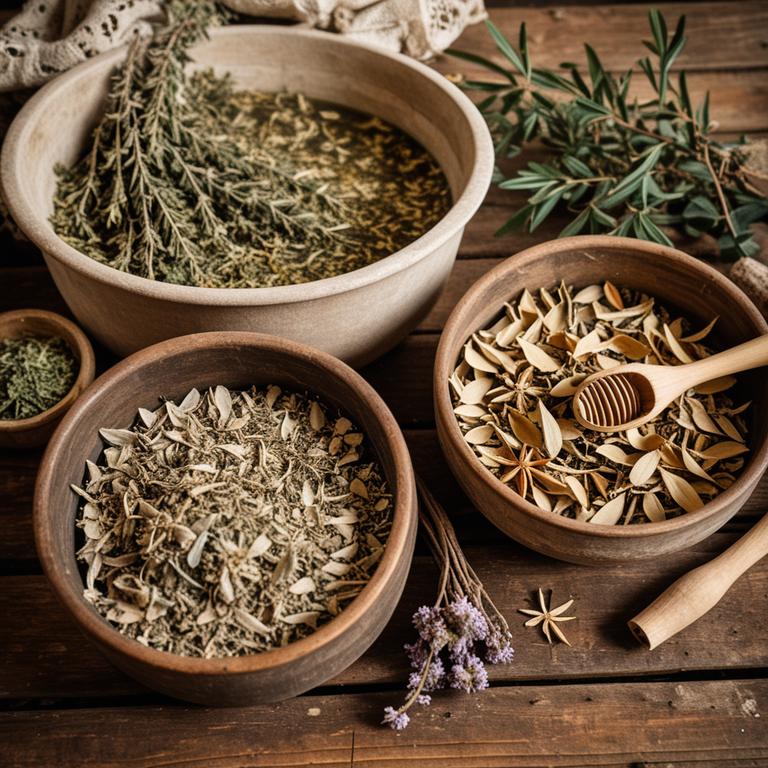
Strychnos nux-vomica herbal baths are used to promote relaxation and relieve muscle tension through the soothing properties of the plant's extracts.
These baths are believed to enhance circulation and reduce inflammation, making them beneficial for individuals suffering from musculoskeletal issues. The alkaloids in nux-vomica are thought to interact with the nervous system, helping to alleviate stress and improve sleep quality. Traditional practitioners often recommend these baths for their potential to detoxify the body and balance internal energies.
However, due to the toxic nature of the plant, caution is advised, and these baths should only be used under professional guidance.
70. Santalum album
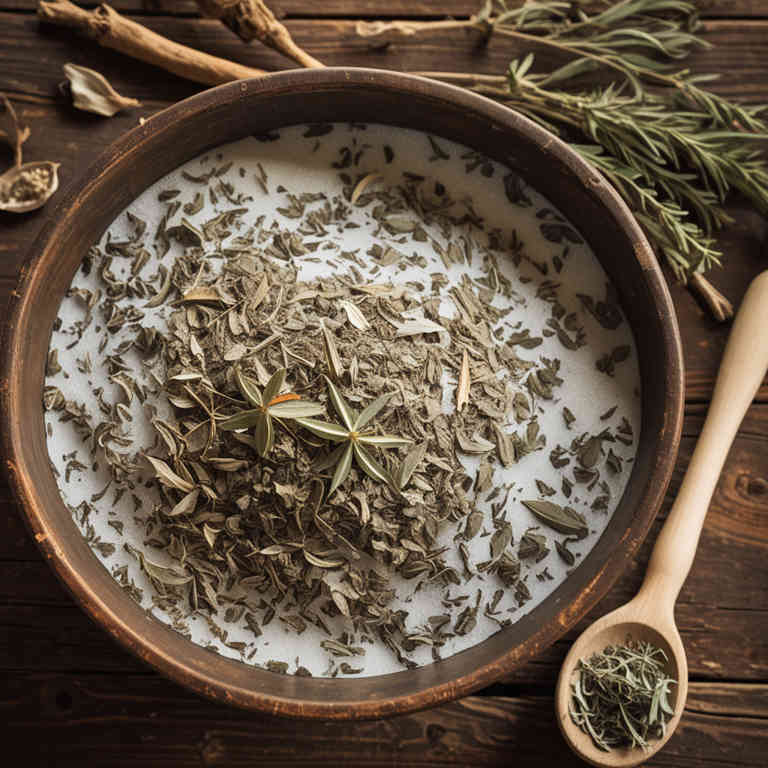
Santalum album herbal baths are used to promote relaxation and reduce stress by harnessing the calming properties of sandalwood oil.
These baths are believed to enhance skin health by moisturizing and soothing the skin, making them ideal for those with dry or sensitive skin. The aromatic properties of santalum album also help to create a serene environment, which can aid in improving sleep quality and overall well-being. Additionally, they are often used in traditional practices to support emotional balance and mental clarity.
Due to their natural and soothing qualities, santalum album herbal baths are increasingly popular in both therapeutic and personal care routines.
71. Rhus toxicodendron
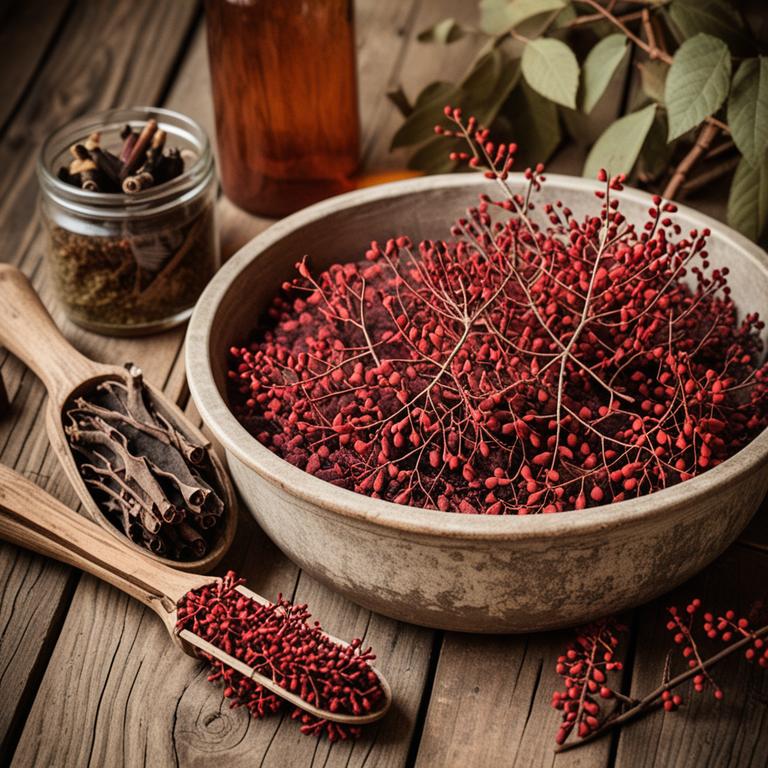
Rhus toxicodendron herbal baths are used to alleviate symptoms of skin conditions such as eczema, psoriasis, and contact dermatitis by soothing inflammation and irritation.
The plant, also known as poison ivy, contains compounds that have anti-inflammatory and antiseptic properties, which can help reduce redness, itching, and swelling. These baths are particularly beneficial for individuals with sensitive skin or those recovering from skin injuries, as they promote healing and provide a calming effect. The warm water combined with the herbal infusion enhances absorption of the active ingredients, offering a holistic approach to skin care.
Overall, rhus toxicodendron herbal baths are valued for their natural ability to support skin health and comfort.
72. Rhus typhina

Rhus typhina herbal baths are used to alleviate skin irritations and promote healing through their anti-inflammatory and astringent properties.
The plant, commonly known as sumac, contains compounds that help reduce redness, itching, and inflammation associated with conditions like eczema and psoriasis. These baths are also believed to detoxify the skin and improve circulation, which can enhance overall skin health. Due to their natural composition, they are often preferred by individuals seeking alternative or complementary therapies.
The soothing effects of Rhus typhina make it a valuable remedy for those looking to support their skin's natural healing processes.
73. Nasturtium officinale

Nasturtium officinale herbal baths are used to promote skin health and alleviate inflammatory conditions due to their antimicrobial and anti-inflammatory properties.
The plant contains compounds like flavonoids and essential oils that help reduce redness, itching, and irritation associated with skin disorders such as eczema and psoriasis. These baths also have a calming effect on the skin, making them beneficial for those with sensitive or compromised skin barriers. Additionally, nasturtium officinale is known to support detoxification and improve circulation when used in bath form.
Its natural aroma can also enhance relaxation and reduce stress, contributing to overall well-being.
74. Agrimonia eupatoria

Agrimonia eupatoria herbal baths are used to promote relaxation and alleviate symptoms of stress and anxiety by calming the nervous system.
The plant, also known as St. John's wort, contains bioactive compounds that have soothing and anti-inflammatory properties, making it beneficial for skin conditions such as eczema and psoriasis. These baths can also help soothe muscle aches and joint pain, providing natural relief for those suffering from arthritis or chronic fatigue. The aromatic qualities of agrimonia eupatoria further enhance the therapeutic experience, improving mood and encouraging mental well-being.
Overall, its use in herbal baths supports both physical and emotional health through its calming and healing properties.
75. Piper methysticum
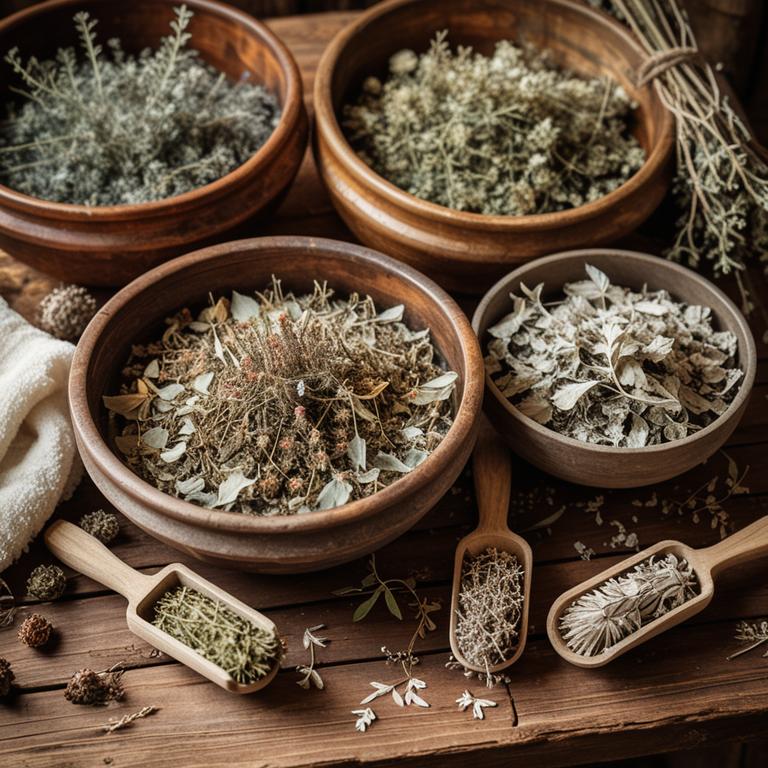
Piper methysticum herbal baths are used to promote relaxation and reduce stress by utilizing the soothing properties of kava root.
These baths are often incorporated into traditional rituals and social gatherings to foster a sense of community and well-being. The active compounds in kava, such as kavalactones, interact with the central nervous system to produce a calming effect without causing drowsiness. They are also believed to aid in improving sleep quality and alleviating symptoms of anxiety and insomnia.
Due to their natural composition and holistic benefits, piper methysticum herbal baths are increasingly sought after for their therapeutic and ceremonial value.
76. Paeonia officinalis

Paeonia officinalis herbal baths are used to promote relaxation and soothe muscle tension by leveraging the plant's calming properties.
The active compounds in paeonia officinalis, such as flavonoids and alkaloids, have been shown to reduce inflammation and ease pain, making these baths beneficial for individuals with arthritis or musculoskeletal issues. Additionally, the aromatic qualities of the herb can help alleviate stress and improve mental clarity, enhancing overall well-being. These baths are also believed to support skin health by moisturizing and reducing redness, thanks to their anti-inflammatory and antioxidant effects.
Due to their natural and holistic benefits, paeonia officinalis herbal baths are increasingly favored as a complementary therapy in traditional and modern wellness practices.
77. Cannabis sativa
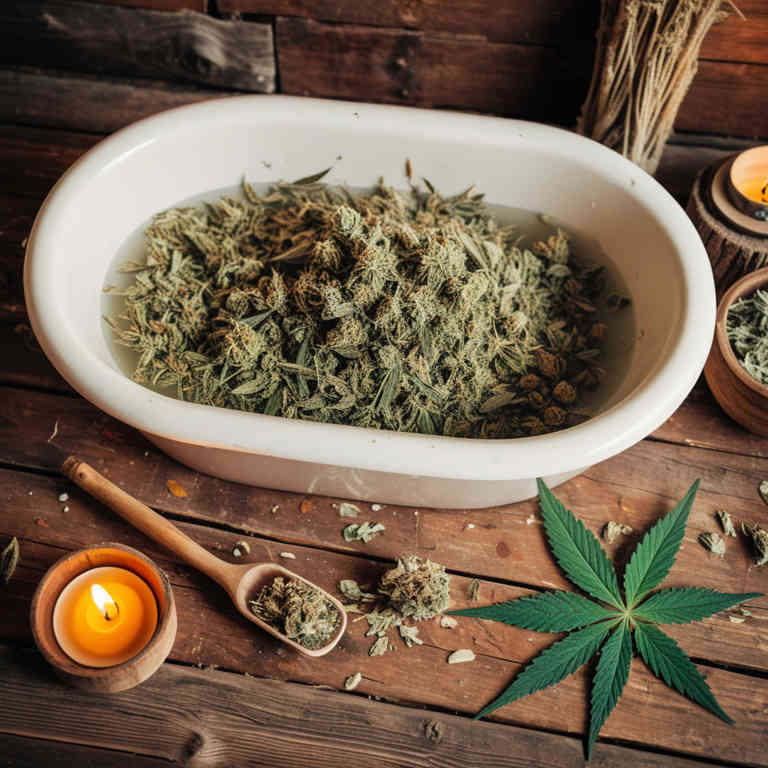
Cannabis sativa herbal baths are used to promote relaxation and alleviate muscle tension by incorporating CBD-infused products into warm water.
These baths can help reduce inflammation and soothe sore muscles, making them beneficial for individuals with chronic pain or athletic recovery. The calming effects of cannabis sativa may also aid in reducing anxiety and improving sleep quality, offering a holistic approach to mental well-being. Additionally, the aromatic properties of cannabis can enhance the sensory experience of bathing, creating a spa-like environment at home.
Overall, cannabis sativa herbal baths are gaining popularity as a natural remedy for both physical and emotional wellness.
78. Cyperus rotundus

Cyperus rotundus herbal baths are used to promote skin health and relieve various inflammatory conditions.
The plant, commonly known as nutgrass, contains bioactive compounds that have antimicrobial, anti-inflammatory, and analgesic properties. These baths are often recommended for individuals suffering from eczema, psoriasis, and other skin disorders due to their soothing and healing effects. The essential oils and extracts from Cyperus rotundus can help reduce redness, itching, and irritation when applied topically through bath water.
Additionally, these baths are believed to enhance circulation and detoxify the skin, making them a popular natural remedy in traditional medicine practices.
79. Althea officinalis

Althea officinalis herbal baths are used to soothe and heal irritated skin due to their high mucilage content, which has a calming and protective effect.
These baths are particularly beneficial for individuals suffering from eczema, psoriasis, or other inflammatory skin conditions. The natural emollient properties of the herb help to moisturize and soften the skin, reducing dryness and flakiness. Additionally, althea officinalis is known for its mild antiseptic qualities, making it useful in treating minor skin infections or wounds.
Overall, these baths offer a gentle, natural remedy for promoting skin health and comfort.
80. Citrus aurantium
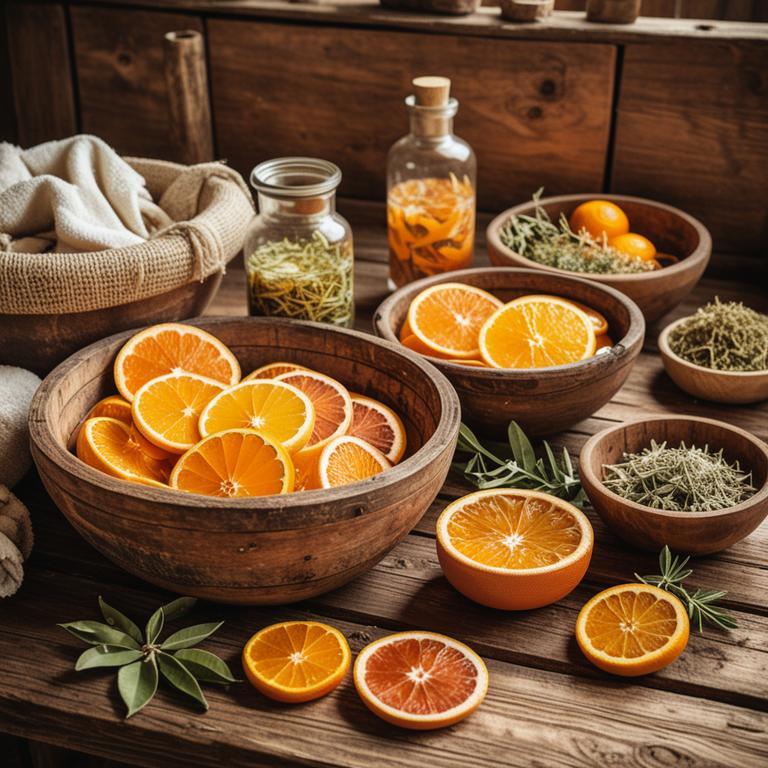
Citrus aurantium herbal baths are used to promote relaxation and alleviate symptoms of stress and anxiety.
The essential oils derived from the fruit, particularly those containing naringin and synephrine, have calming properties that can soothe the nervous system. These baths are also believed to improve circulation and reduce muscle tension, making them beneficial for those suffering from tension headaches or muscular aches. Additionally, the aromatic compounds in citrus aurantium can enhance mood and create a sense of well-being through their invigorating and uplifting scent.
Due to these therapeutic effects, citrus aurantium herbal baths are increasingly popular in aromatherapy and holistic wellness practices.
81. Syringa vulgaris

Syringa vulgaris herbal baths are used to promote relaxation and alleviate muscle tension through their soothing aromatic properties.
The plant, also known as lilac, contains essential oils and phytochemicals that have calming effects on the nervous system. These baths are particularly beneficial for individuals experiencing stress, anxiety, or chronic fatigue, as they help to reduce mental and physical fatigue. The gentle heat from the bath enhances the absorption of the plant's beneficial compounds, further supporting skin health and overall well-being.
Due to their natural and mild nature, syringa vulgaris herbal baths are a safe and effective alternative for those seeking natural remedies for relaxation and wellness.
82. Leonurus cardiaca
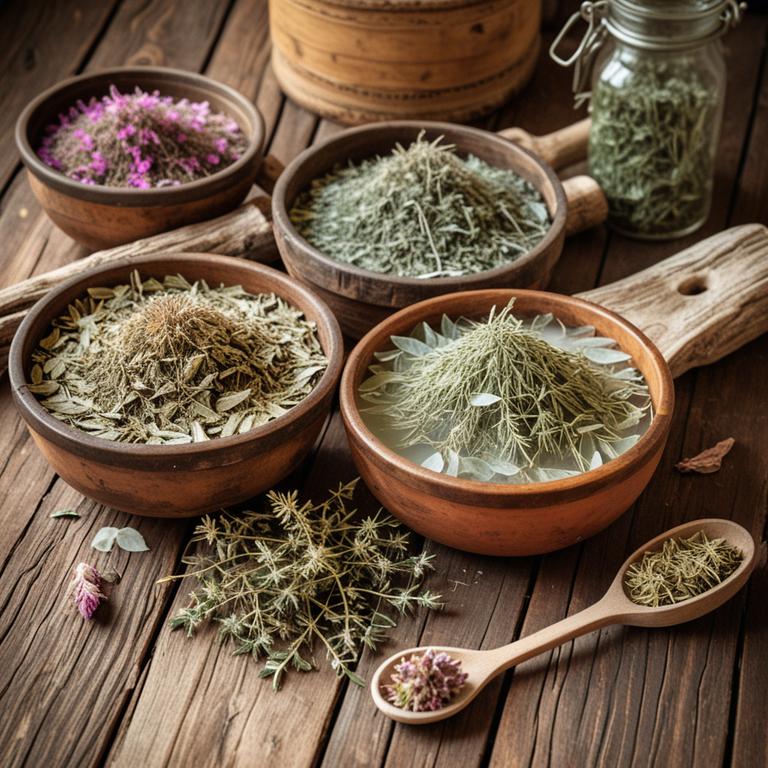
Leonurus cardiaca herbal baths are used to promote relaxation and alleviate symptoms of anxiety and stress.
This herb, also known as "heart herb," is believed to have calming properties that help soothe the nervous system. The warm water combined with the herbal infusion can ease muscle tension and improve blood circulation, contributing to overall well-being. It is often recommended for individuals seeking natural remedies for emotional distress or sleep disturbances.
The use of leonurus cardiaca in baths highlights its traditional role in supporting mental and physical health through gentle, holistic care.
83. Peppermint (mentha piperita)
-baths.jpg)
Peppermint (mentha piperita) herbal baths are used to soothe muscle pain and promote relaxation by stimulating blood circulation and reducing inflammation.
The cooling effect of peppermint essential oil helps alleviate symptoms of arthritis, muscle strains, and headaches when infused into bath water. These baths are also beneficial for relieving stress and enhancing mental clarity due to the calming properties of peppermint aroma. Additionally, peppermint baths can help alleviate skin irritations and reduce the appearance of minor skin conditions like eczema.
Overall, the use of peppermint herbal baths offers a natural and holistic approach to improving both physical and emotional well-being.
84. Vaccinium myrtillus
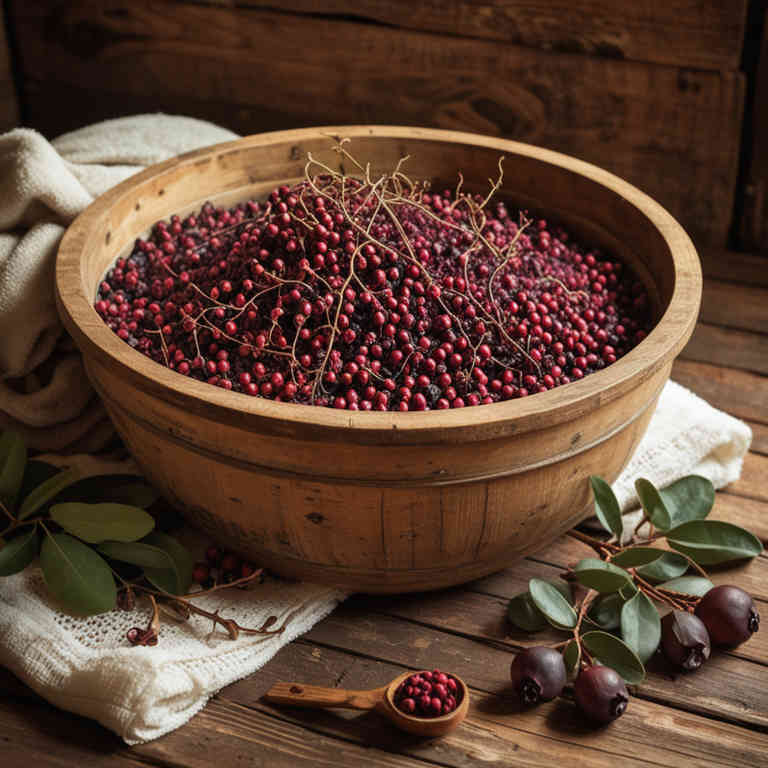
Vaccinium myrtillus herbal baths are used to promote skin health and alleviate inflammatory conditions due to their rich content of antioxidants and anti-inflammatory compounds.
The berries and leaves of the plant contain tannins, which can help soothe irritated skin and reduce redness. These baths are also believed to support respiratory health by easing symptoms of coughs and colds when used in steam inhalation. Additionally, the aromatic properties of vaccinium myrtillus can have a calming effect, helping to reduce stress and improve mood.
Overall, these baths offer a natural and holistic approach to wellness by combining therapeutic and soothing benefits for both the body and mind.
85. Hydrastis canadensis
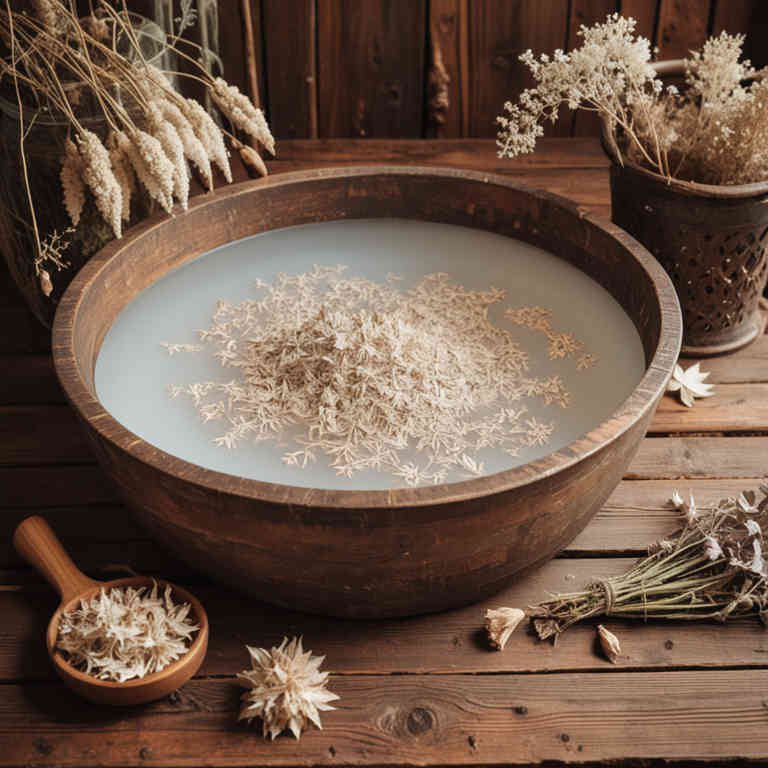
Hydrastis canadensis herbal baths are used to promote skin health and alleviate various dermatological conditions.
The active compounds in goldenseal, such as berberine, have antimicrobial and anti-inflammatory properties that help reduce bacterial and fungal infections. These baths are also believed to support detoxification by stimulating the lymphatic system and improving circulation. Additionally, they may help soothe irritations and redness associated with eczema or psoriasis.
Due to their natural healing properties, hydrastis canadensis herbal baths are a popular choice for those seeking holistic approaches to skin care.
86. Triticum aestivum
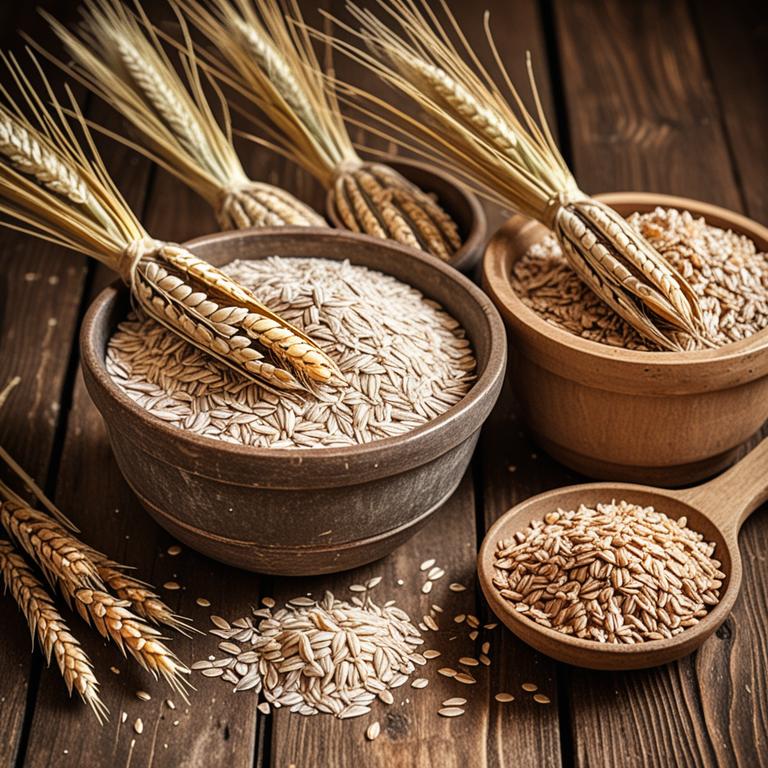
Triticum aestivum herbal baths are used to promote relaxation and soothe skin irritations due to the anti-inflammatory and calming properties of wheatgrass.
These baths can help alleviate symptoms of eczema and psoriasis by reducing redness and itching, thanks to the presence of bioactive compounds like silica and chlorophyll. Additionally, they are believed to detoxify the body and improve circulation, which can enhance overall well-being. The gentle exfoliating action of wheatgrass also helps in removing dead skin cells, leaving the skin feeling refreshed and rejuvenated.
Overall, triticum aestivum herbal baths offer a natural and holistic approach to skincare and stress relief.
87. Papaver rhoeas
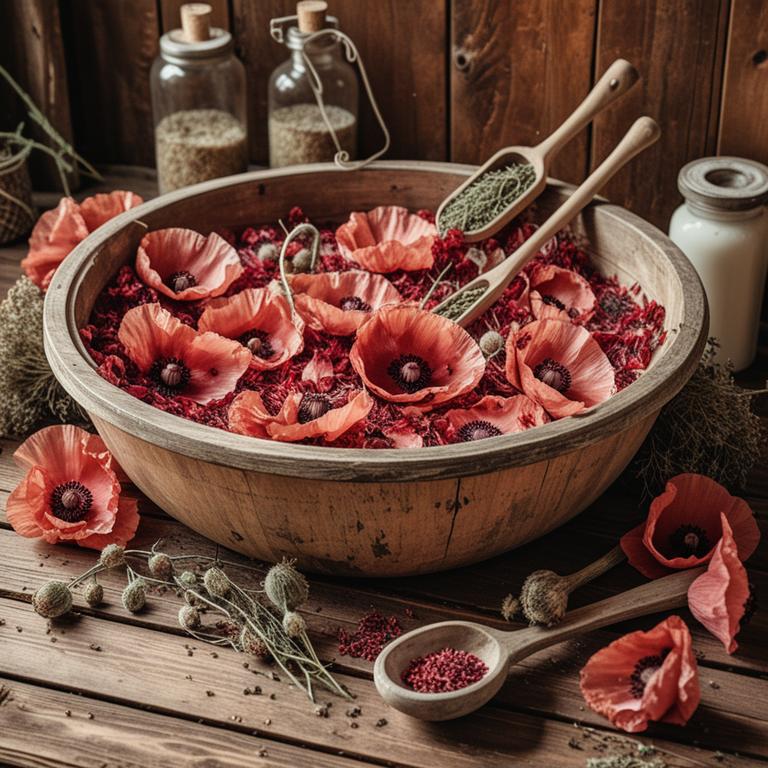
Papaver rhoeas herbal baths are used to promote relaxation and soothe skin irritations due to their mild anti-inflammatory properties.
The flowers of this plant contain compounds that may help reduce stress and enhance overall well-being when infused into bath water. These baths are also believed to support skin health by providing a gentle cleansing and moisturizing effect. Their natural scent can create a calming atmosphere, making them ideal for stress relief and aromatherapy.
Overall, papaver rhoeas herbal baths are valued for their gentle yet effective benefits in both physical and emotional wellness.
88. Chamomile (matricaria chamomilla)
-baths.jpg)
Chamomile (Matricaria chamomilla) herbal baths are used to soothe skin irritations and promote relaxation.
The anti-inflammatory and antiseptic properties of chamomile help reduce redness, itching, and inflammation associated with eczema, psoriasis, and minor burns. These baths also have a calming effect on the nervous system, making them beneficial for stress relief and improving sleep quality. The gentle nature of chamomile makes it suitable for use by both adults and children, especially for sensitive skin.
Overall, chamomile herbal baths offer a natural and effective way to enhance skin health and overall well-being.
89. Papaver somniferum

Papaver somniferum herbal baths are used to promote relaxation and alleviate symptoms of stress and anxiety.
The active compounds in the plant, such as morphine and codeine, have sedative properties that can ease tension and induce a calming effect on the body. These baths are also believed to improve sleep quality by soothing the nervous system and reducing insomnia. However, due to the potential for addiction and legal restrictions, their use is often limited to specific therapeutic settings under professional supervision.
Overall, while they offer potential therapeutic benefits, their application requires careful consideration of safety and legality.
90. Rhodiola rosea
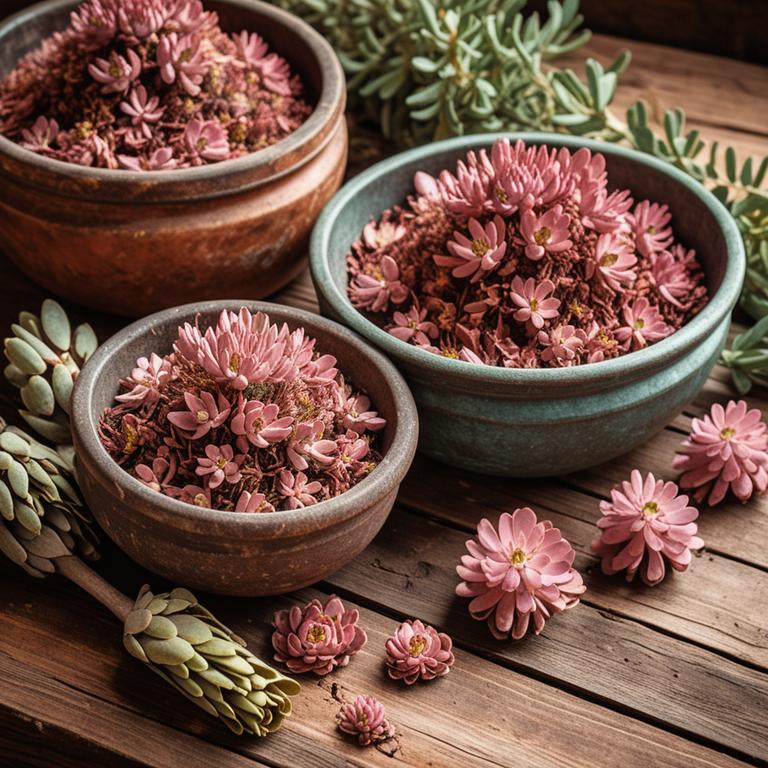
Rhodiola rosea herbal baths are used to promote relaxation and reduce stress by harnessing the adaptogenic properties of the rhodiola rosea plant.
These baths are believed to help alleviate symptoms of anxiety and fatigue by supporting the body's natural ability to cope with stress. The aromatic compounds in rhodiola rosea may also have a soothing effect on the skin and mind, enhancing overall well-being. Additionally, they are used to improve mood and enhance mental clarity, making them a popular choice for those seeking natural remedies for emotional and psychological balance.
The warm water combined with the herb's properties can create a calming environment that encourages rest and rejuvenation.
91. Pine (pinus sylvestris)
-baths.jpg)
Pine (Pinus sylvestris) herbal baths are used to promote relaxation and ease muscle tension by leveraging the soothing properties of pine needles and essential oils.
The aromatic compounds in pine, such as alpha-pinene and camphor, have a calming effect on the nervous system, helping to reduce stress and anxiety. These baths are also known to improve circulation and alleviate symptoms of colds and respiratory issues due to their decongestant properties. Additionally, the antibacterial and antifungal qualities of pine make it beneficial for skin health, helping to soothe irritations and promote healing.
Overall, pine herbal baths offer a natural and holistic approach to wellness, combining therapeutic benefits with a pleasant sensory experience.
92. Ginger (zingiber officinale)
-baths.jpg)
Ginger (zingiber officinale) herbal baths are used to promote relaxation and alleviate muscle soreness by leveraging the warming properties of ginger.
The active compounds in ginger, such as gingerol and shogaol, have anti-inflammatory and circulatory benefits that can help reduce pain and swelling in the body. These baths are also known to stimulate blood flow, which can enhance overall wellness and aid in the recovery from physical exertion. Additionally, the aromatic qualities of ginger can have a calming effect on the mind, helping to reduce stress and improve sleep quality.
For those seeking natural remedies, ginger herbal baths offer a holistic approach to wellness by combining therapeutic heat with the potent properties of this ancient herb.
93. Tussilago farfara

Tussilago farfara herbal baths are used to soothe skin irritations and promote healing due to their anti-inflammatory and antimicrobial properties.
These baths are particularly beneficial for individuals suffering from eczema, psoriasis, or other dermatological conditions. The plant, commonly known as coltsfoot, contains compounds that help reduce redness, itching, and discomfort associated with skin disorders. Additionally, the warm water combined with the herbal infusion can help relax muscles and alleviate stress-related skin issues.
This traditional remedy is valued for its natural approach to skin care and its ability to support overall well-being.
94. Plantago ovata
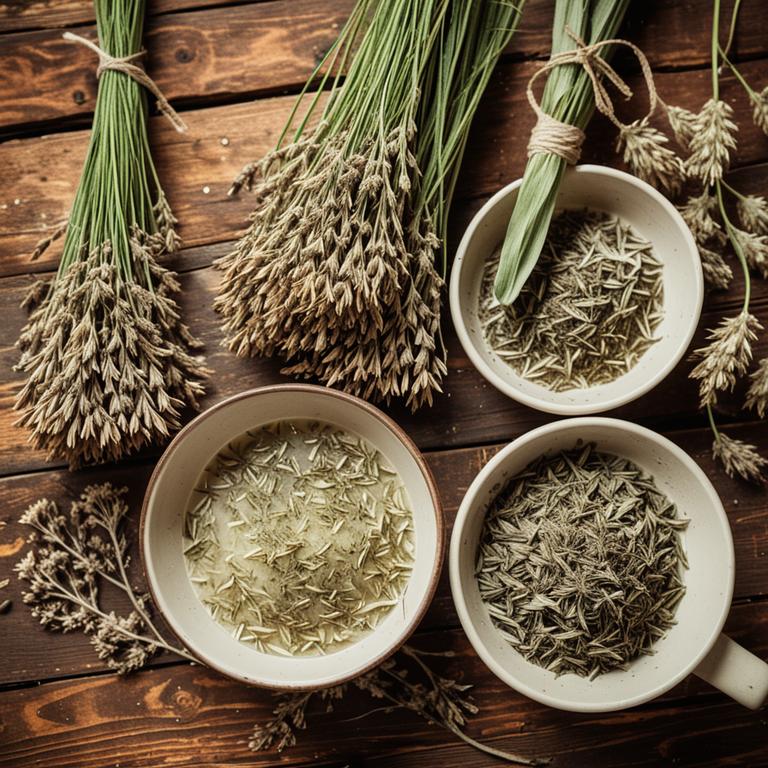
Plantago ovata herbal baths are used to promote skin health and relieve various skin conditions due to their soothing and anti-inflammatory properties.
The herb, commonly known as psyllium, contains mucilage that helps to moisturize and protect the skin when used in bath water. These baths are particularly beneficial for individuals suffering from eczema, psoriasis, or other inflammatory skin disorders. The natural compounds in plantago ovata also help to detoxify the skin and reduce irritation, making them a gentle yet effective remedy.
Overall, plantago ovata herbal baths offer a natural and holistic approach to skincare, supporting both comfort and long-term skin wellness.
95. Sodium bicarbonate

Sodium bicarbonate herbal baths are used to promote relaxation and relieve muscle aches by leveraging the soothing properties of both the bicarbonate and the herbs.
The alkaline nature of sodium bicarbonate helps neutralize acidic compounds in the skin, reducing inflammation and soothing irritations. When combined with herbal infusions, such as lavender or chamomile, these baths can enhance calming effects and improve sleep quality. This combination is particularly beneficial for individuals suffering from stress, anxiety, or minor skin conditions.
Overall, sodium bicarbonate herbal baths offer a natural, holistic approach to wellness by combining therapeutic elements for both physical and mental well-being.
96. Plectranthus barbatus
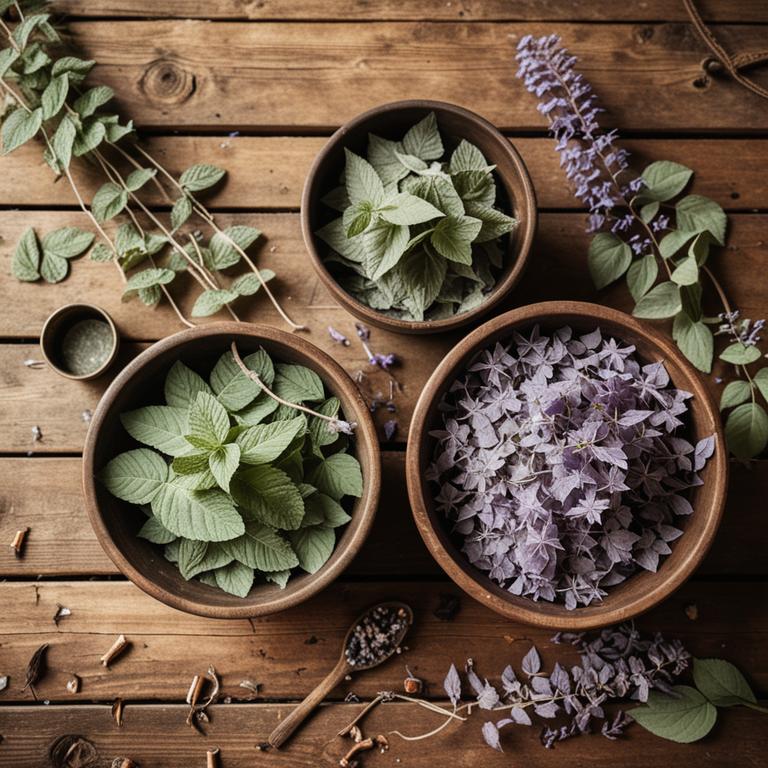
Plectranthus barbatus herbal baths are used to promote relaxation and ease muscle tension through its calming properties.
The plant contains essential oils and bioactive compounds that have soothing effects on the skin and nervous system. These baths are also believed to help reduce stress and anxiety, making them a popular choice for aromatherapy and wellness practices. The anti-inflammatory properties of plectranthus barbatus may aid in relieving joint pain and skin irritations when used in bath water.
Overall, its natural therapeutic benefits make it a valuable addition to holistic health routines.
97. Lavender (lavandula angustifolia)
-baths.jpg)
Lavender (lavandula angustifolia) herbal baths are used to promote relaxation and ease stress by stimulating the release of calming neurotransmitters through the skin.
The essential oils in lavender have anti-inflammatory properties that can help soothe muscle aches and reduce skin irritation. These baths are also beneficial for improving sleep quality by creating a soothing environment that encourages restful nights. Additionally, lavender baths can help alleviate symptoms of anxiety and depression due to their mild sedative effects.
Overall, lavender herbal baths are a natural and effective way to enhance well-being through aromatherapy and gentle self-care.
98. Oregano (origanum vulgare)
-baths.jpg)
Oregano (Origanum vulgare) herbal baths are used to promote relaxation and ease muscle tension by leveraging the plant's calming and anti-inflammatory properties.
The essential oils in oregano, such as carvacrol and thymol, are known to have antimicrobial effects, which can help cleanse the skin and reduce the risk of infections. These baths are also believed to support respiratory health by helping to clear congestion and soothe irritated airways. The warm water combined with oregano's aromatic compounds can induce a sense of well-being and reduce stress levels.
Overall, oregano herbal baths offer a natural way to enhance both physical and emotional wellness through their soothing and therapeutic benefits.
99. Sage (salvia officinalis)
-baths.jpg)
Sage (salvia officinalis) herbal baths are used to promote relaxation and ease muscle tension by incorporating the soothing properties of sage into warm water.
The aromatic compounds in sage help to reduce stress and anxiety, making these baths ideal for calming the mind and improving sleep quality. Additionally, sage baths are believed to have antimicrobial properties that can help cleanse the skin and prevent infections. They are also used to soothe skin irritations and reduce inflammation due to the plant's natural anti-inflammatory compounds.
Overall, sage herbal baths offer a holistic approach to wellness by combining physical comfort with emotional and mental benefits.
100. Lepidium meyenii
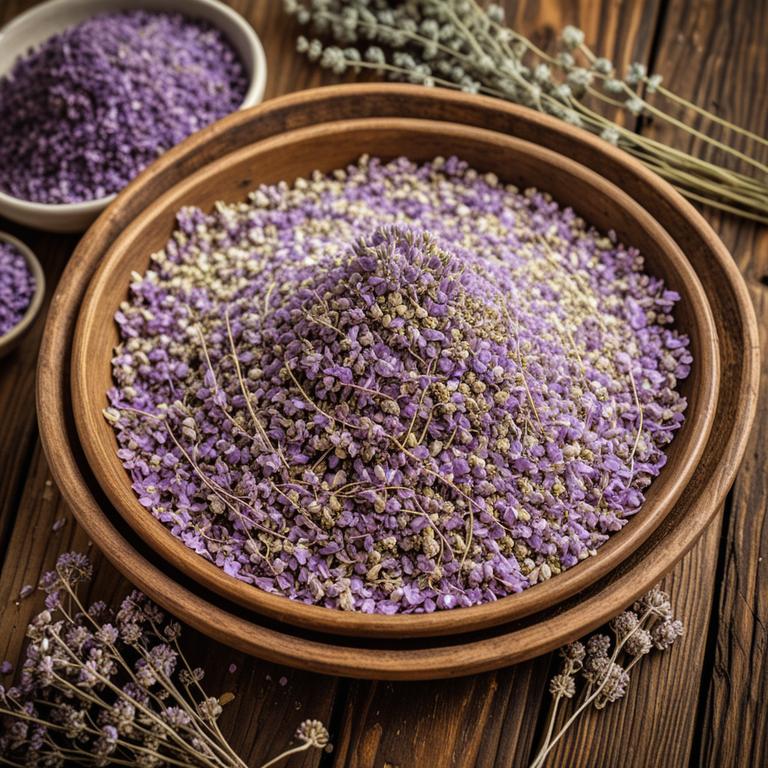
Lepidium meyenii herbal baths are used to promote relaxation and alleviate stress-related symptoms.
These baths are believed to help soothe muscle tension and improve overall well-being by harnessing the natural properties of the maca root. The warming effect of the bath can enhance circulation and may aid in reducing fatigue and boosting energy levels. Additionally, the aromatic compounds in maca may have a calming influence on the mind and body.
This traditional practice is often embraced for its holistic approach to wellness and its potential to support both physical and mental health.